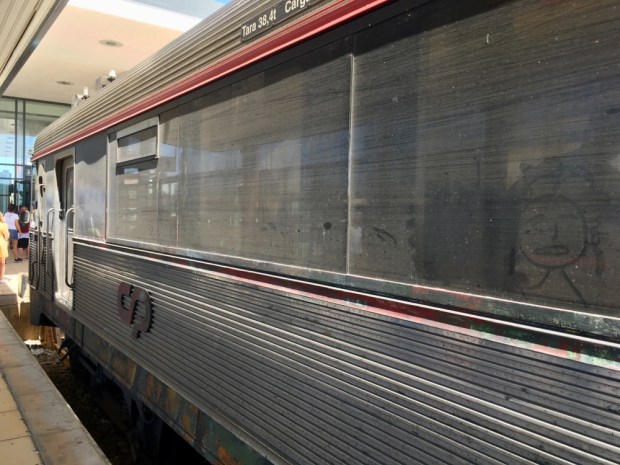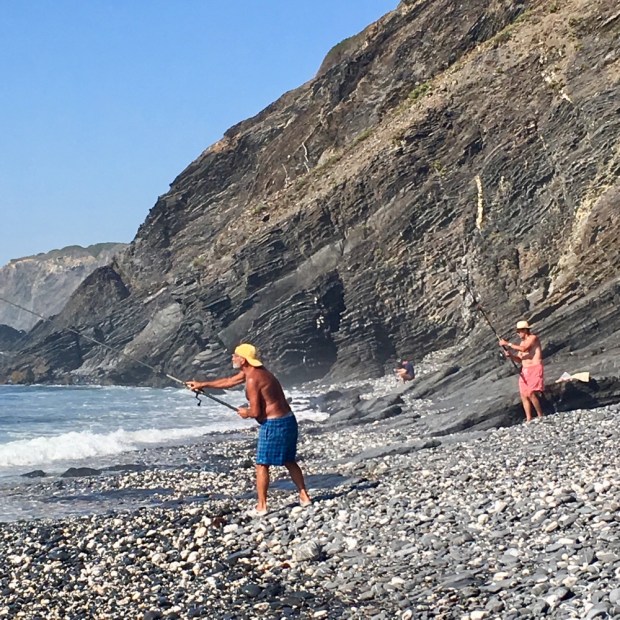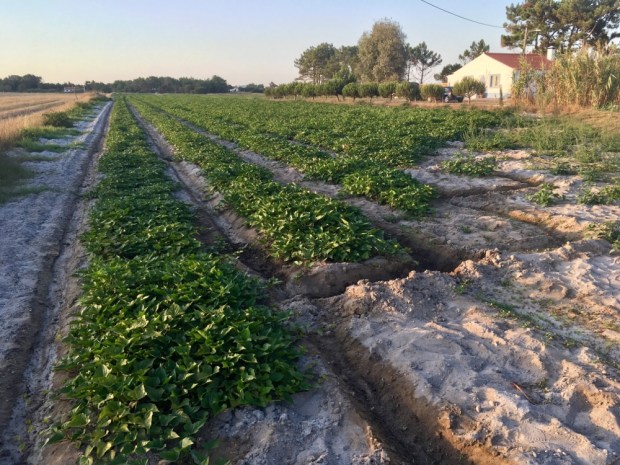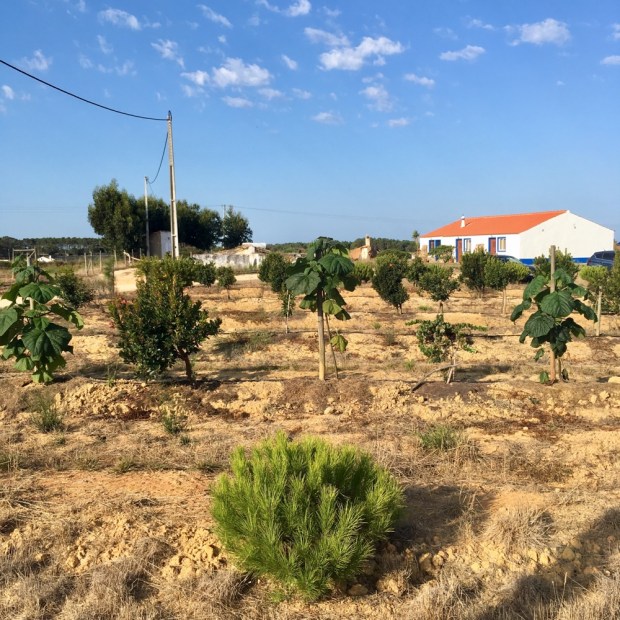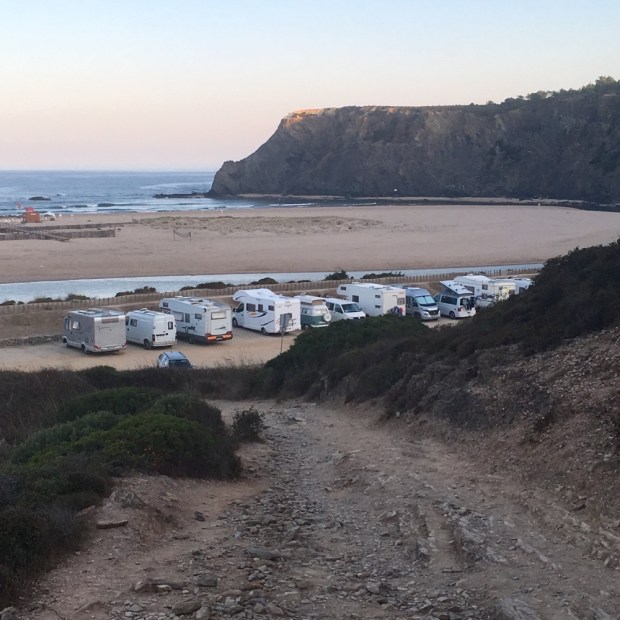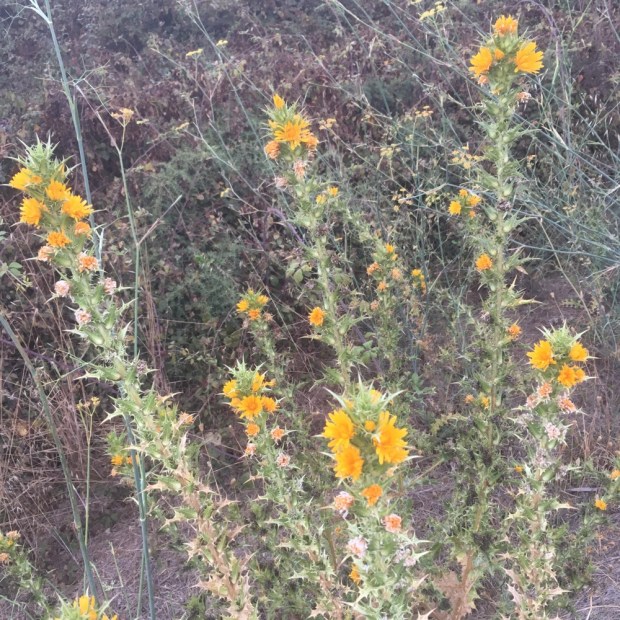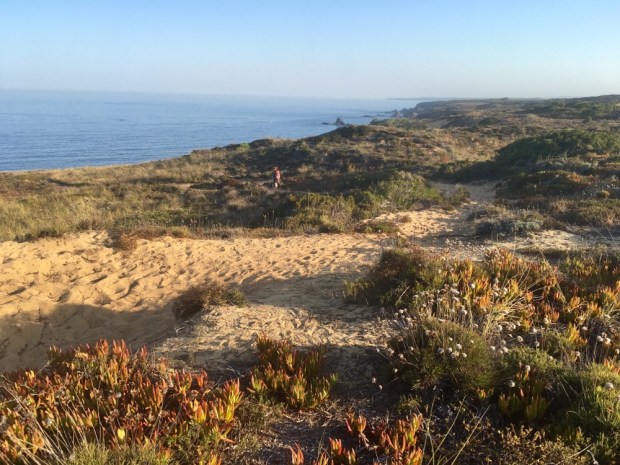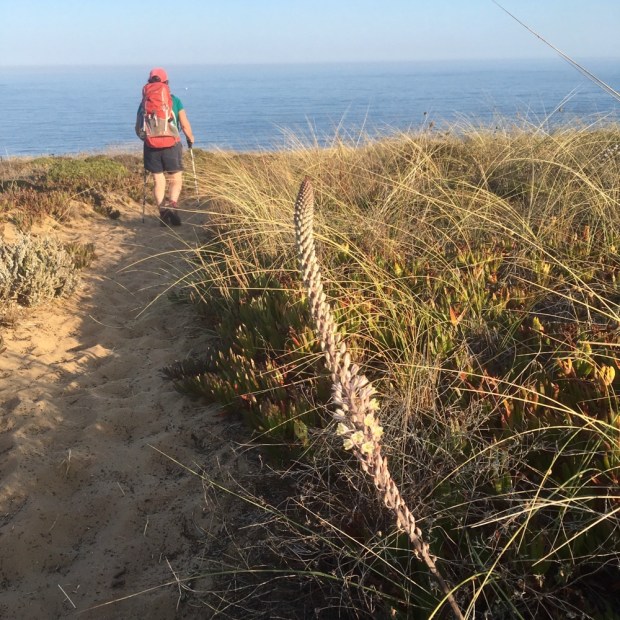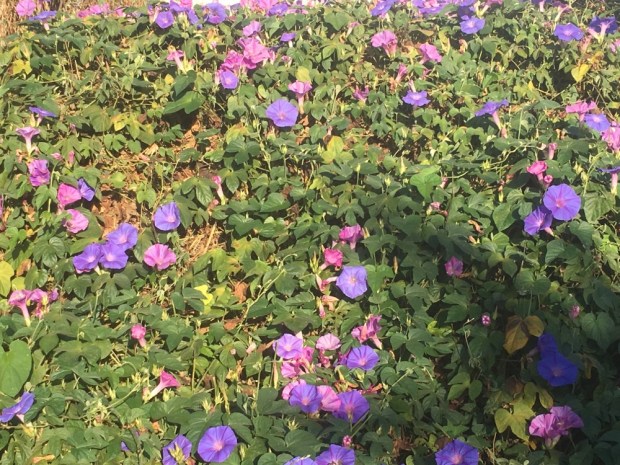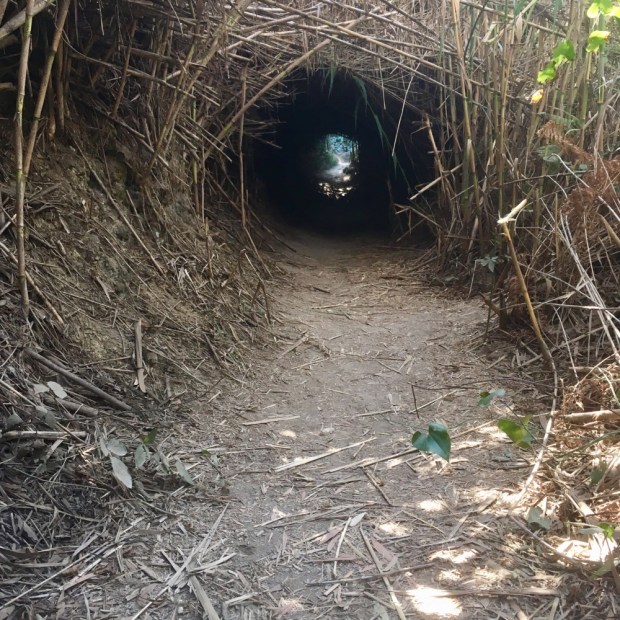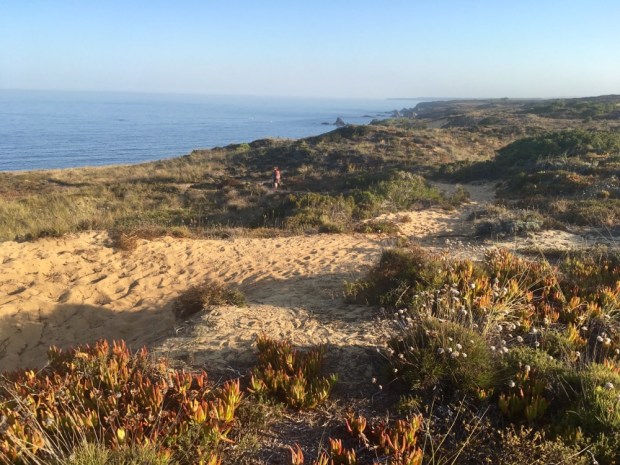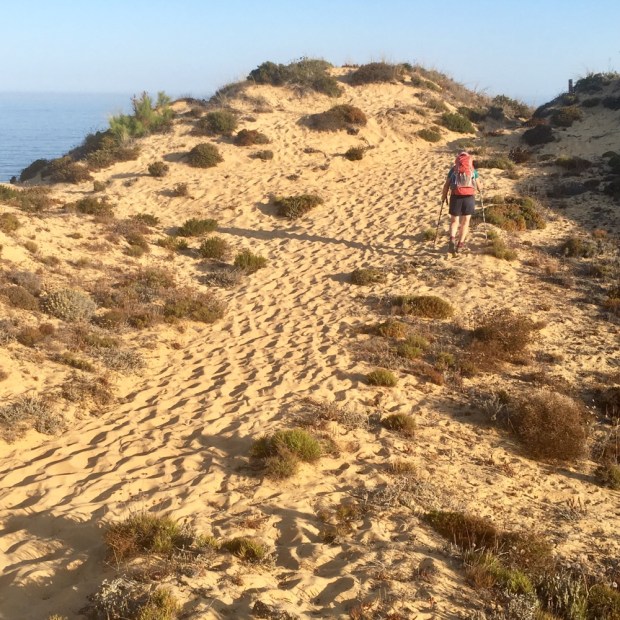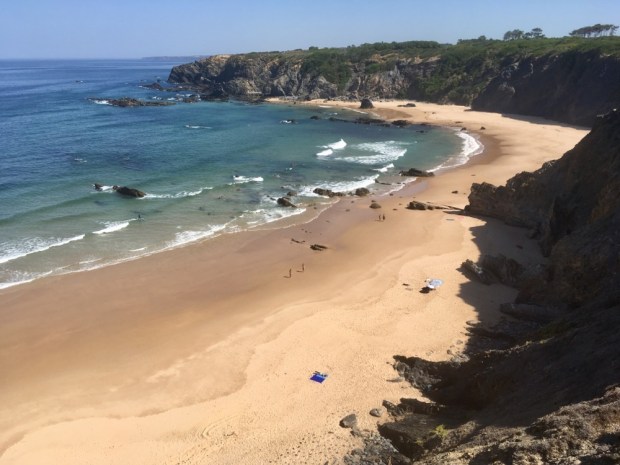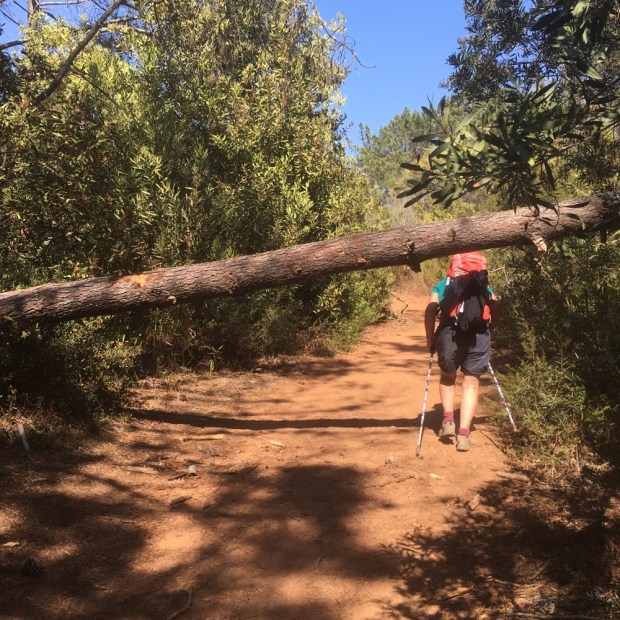
Leaving the luxury of our stay in the middle of the long 22 km stage between Carrapateira and Arrifana we only had about 10 km to go with one serious up and down. It was our last day with our friends and the penultimate one of the trip for us. We took off down the wide solid track which soon led us into eucalyptus plantations which afforded us welcome shade. The weather had been perfect the whole trip, with our rain jackets remaining at the bottom of our packs.
The trail was soon quite busy with hikers coming the other way, from Arrifana, so it could only be a few hours away. Some people I spoke to said there were no soft sand sections to come and I warned them of the slog they had coming. They needed an early start and plenty of energy to complete the whole section in one.
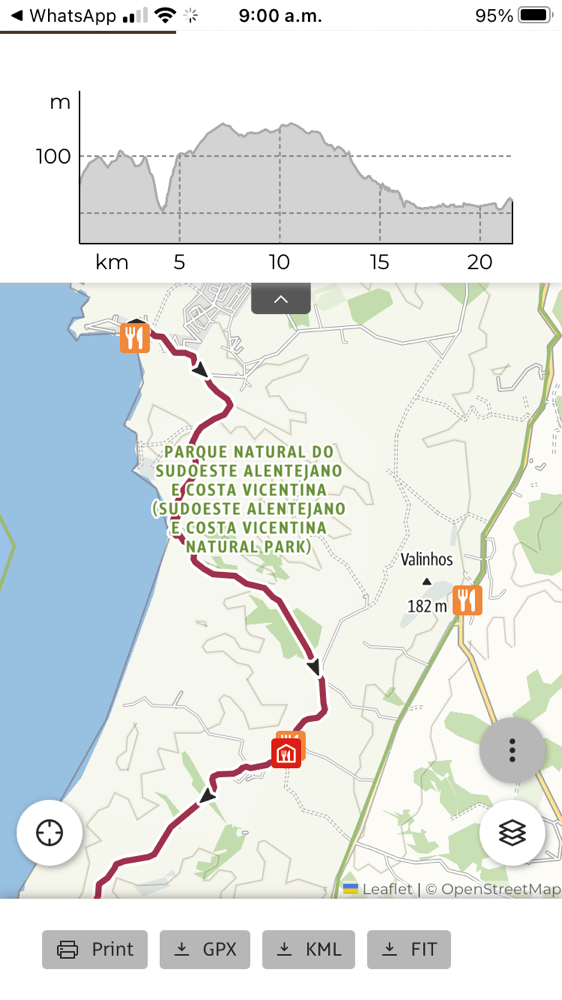

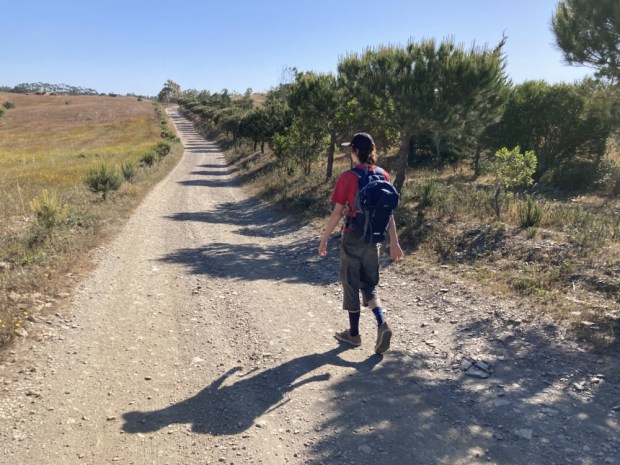


Emerging from the plantation we crossed a long high shoulder of rocky ground covered with low lying cistus and lentiscus with lusher valleys below. We shared the track with determined surfers in 4×4’s who risked the steep rutted track down to the boulder beach of Praia do Canal where we stopped for snacks and a breather before tackling the equally steep and rutted track up and out of the beach. The long climb was rewarded, as usual, with fantastic views back along the coast.







The rising ground eventually levelled off in more eucalyptus forest where we rested again and watched easier methods of transport go by. But we didn’t have far to go, the last few kms had Arrifana in view and before too long the final sting in the tail of a steep roadside climb into town was done and we were drinking refreshments poolside at our hostel high above the surfers beach from which plastic trash had been collected and made into art.


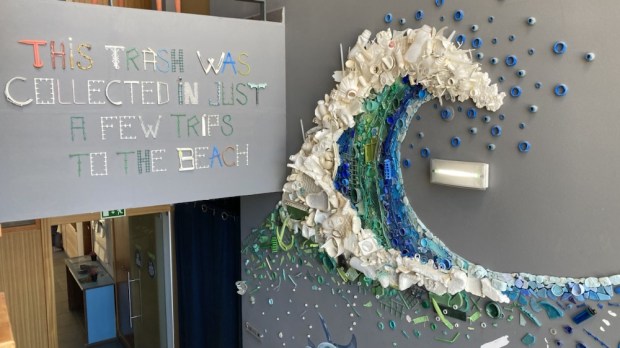


I don’t know if was the sun or one of my ailments but that night I retired early with a fever and high temperature which had gone down by the morning but still leaving me feeling weak. So after much soul searching we decided to be prudent and rather than tackling the 17.5km coastal route we would take the Historical Trail to Aljezur. And as our departing friends were driving off that way we’d take a lift a few kms too leaving us only 6km, which I figured I could crawl in the time available if need be.
It was luckily a gentle route, with only one real descent/ ascent, on solid tracks through woods and farmland.





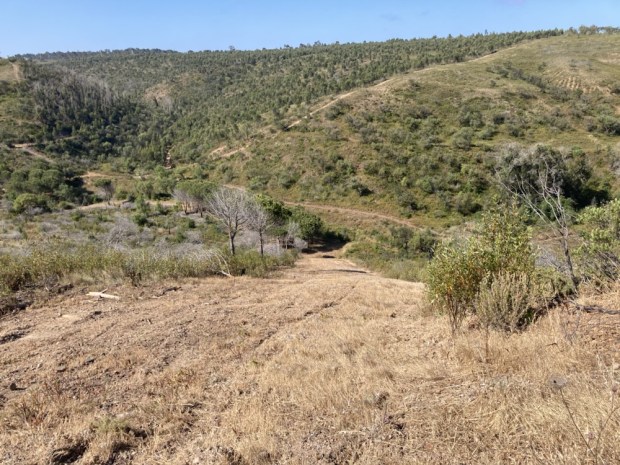
We passed some pretty sickly looking cork oaks and an alpaca farm where one of the beasts seemed to have escaped the fencing. The way crossed and followed a road a little way before again turning off on a dirt track that afforded fine views of the river valley from the coast towards Aljezur.

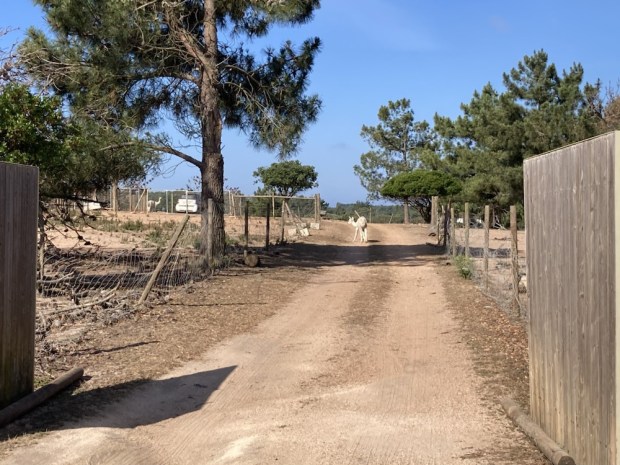
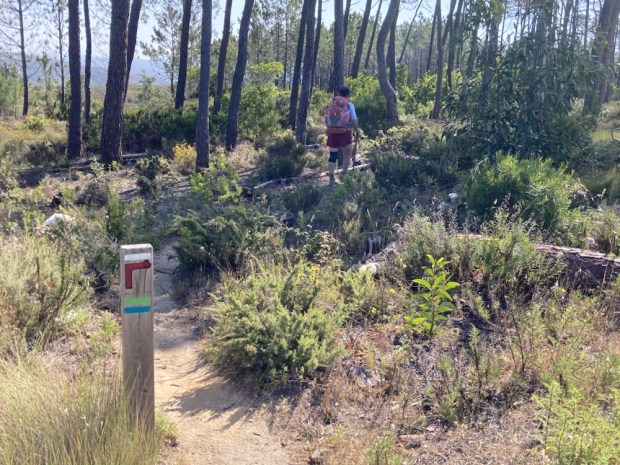




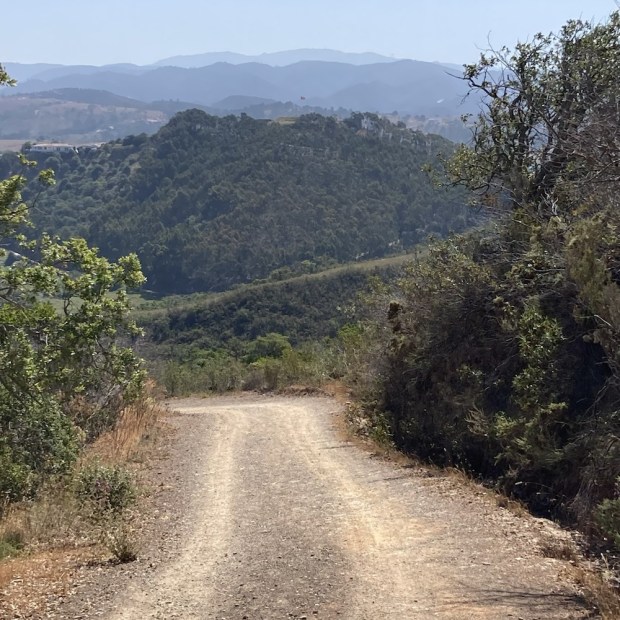
The final downhill inflicted on Sally’s knees took us past a strange hamlet of restored or built holiday houses which although fairly new looking were worse for west and unused. The path took us through the complex along a little lush valley complete with ancient moorish well and up the final uphill to be inflicted on my lungs. And then we were there, at the church, with not enough puff or desire to climb the extra distance to the hilltop castle.




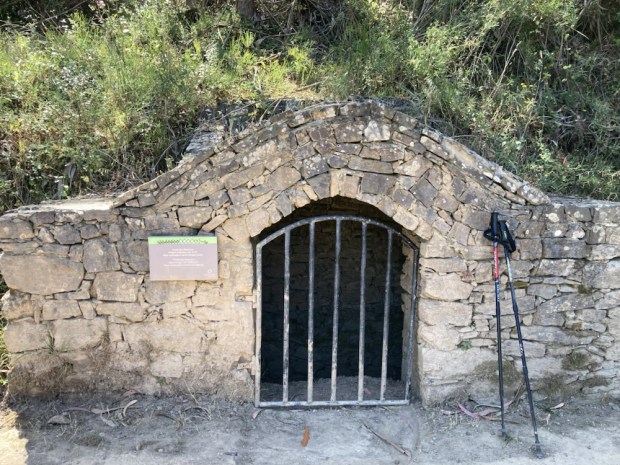
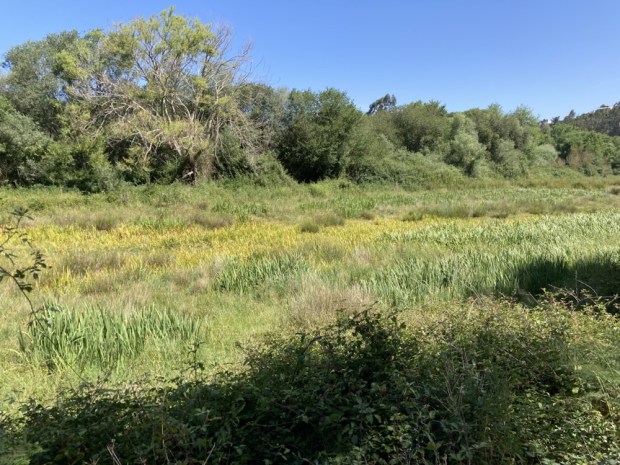
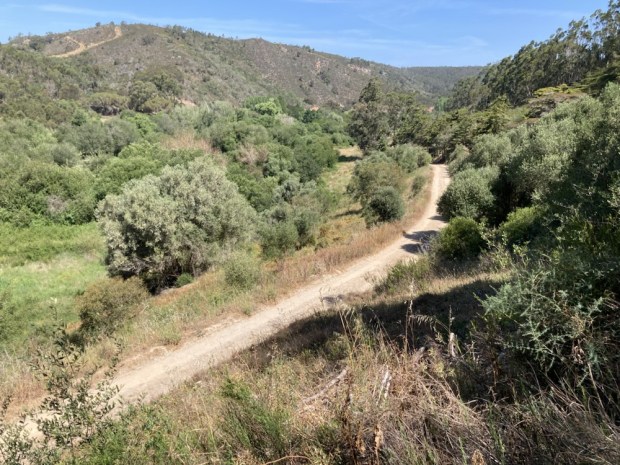

The river had, in the 15 th century been navigable all the way from the sea to Aljezur, giving the only spacious safe harbourage for miles of west coast. The town lies on the fertile plain and is famous for its sweet potatoes. With a couple of hours before we could check in the our hostel we visited the market where our first adventure on the Fisherman’s Trail started 4 years ago and then strolled to the riverside to relax and watch the crayfish.
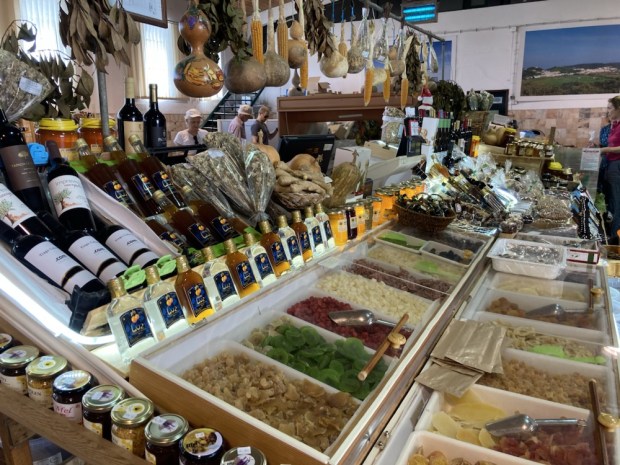
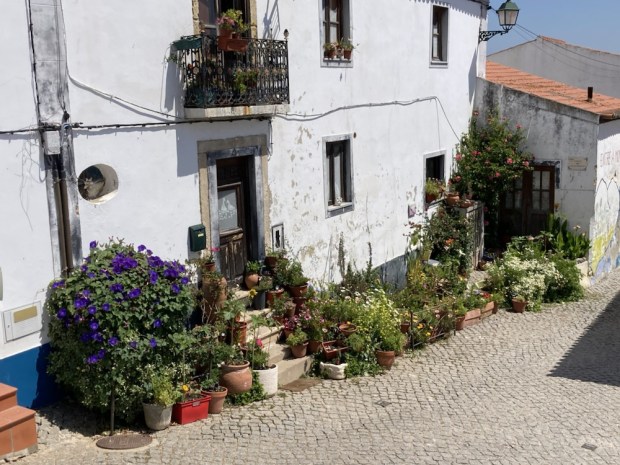

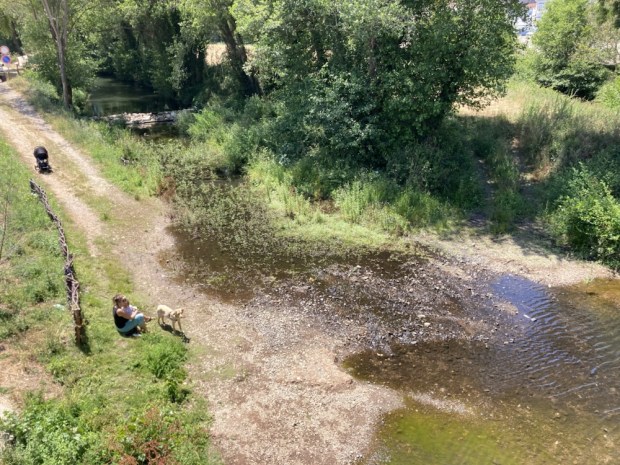
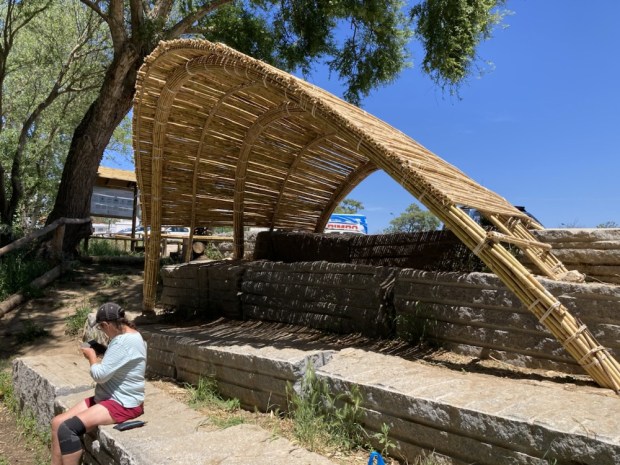

We’d made it to the finish. Another beautiful route completed. The trail network has obviously been a huge success judging by the number of hikers we’ve seen and goes to show what can be achieved when tourist bodies, marketers, commercial interests and the public work together to create a heathly and sustainable hiking and holiday option.
One final selfie, one final Portuguese sunrise and the journey home begins. Bom dia.
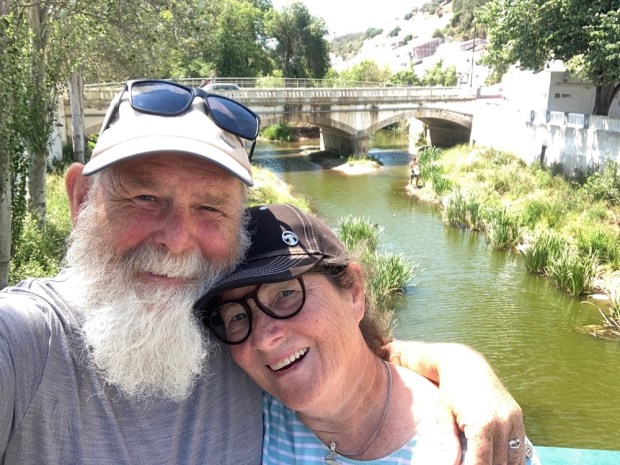

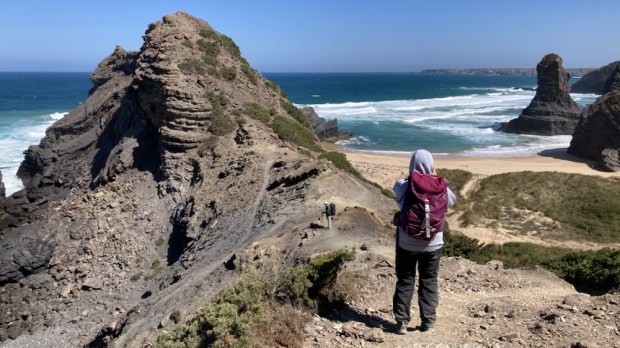 Three of us headed off from Vila do Bispo, a climbed out of the town and then a stretch alongside the road, accompanied by some turkeys and windswept trees, before turning off on sandy tracks towards the coast.
Three of us headed off from Vila do Bispo, a climbed out of the town and then a stretch alongside the road, accompanied by some turkeys and windswept trees, before turning off on sandy tracks towards the coast.
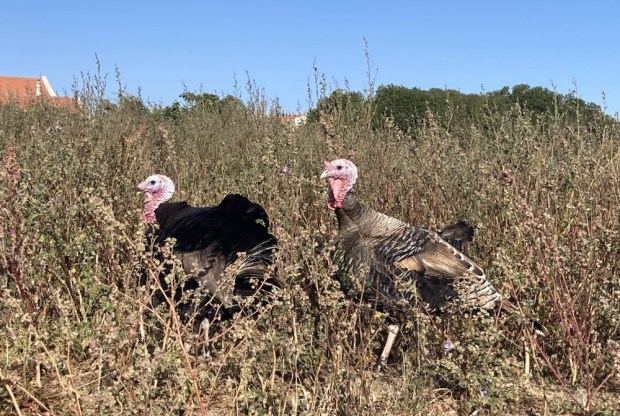


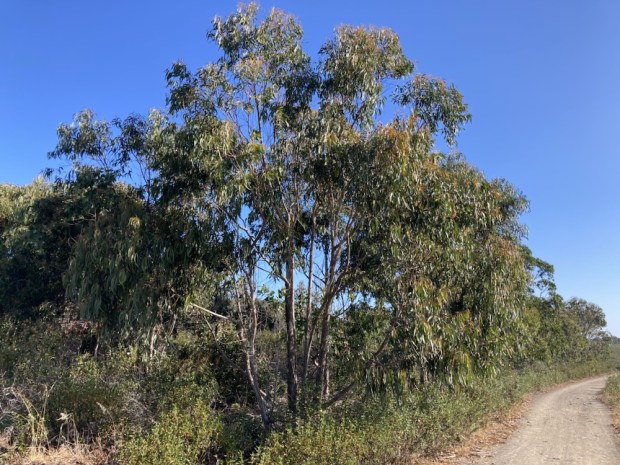







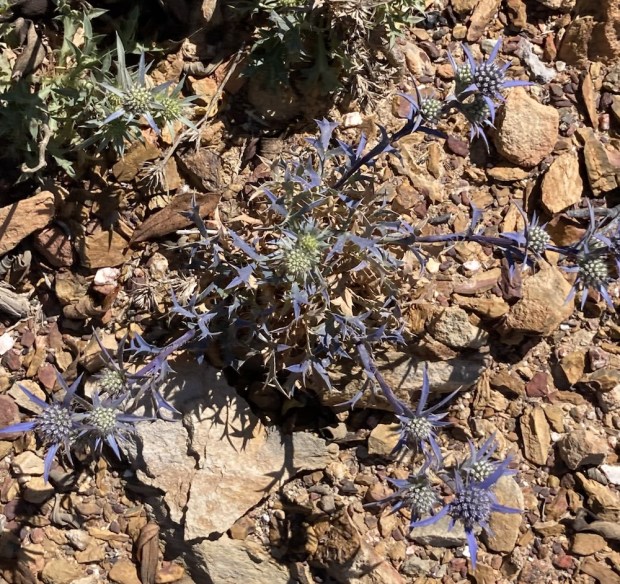

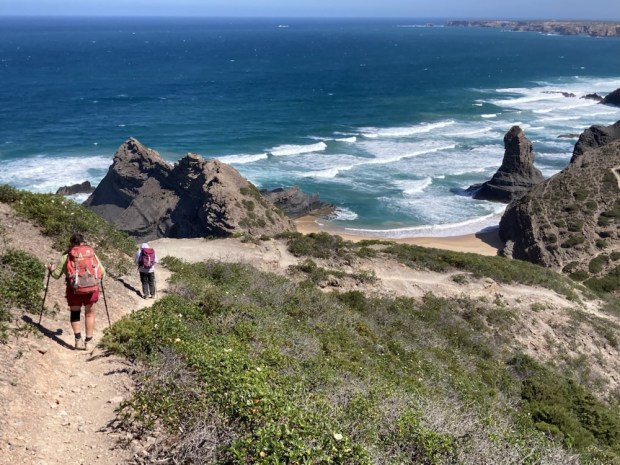
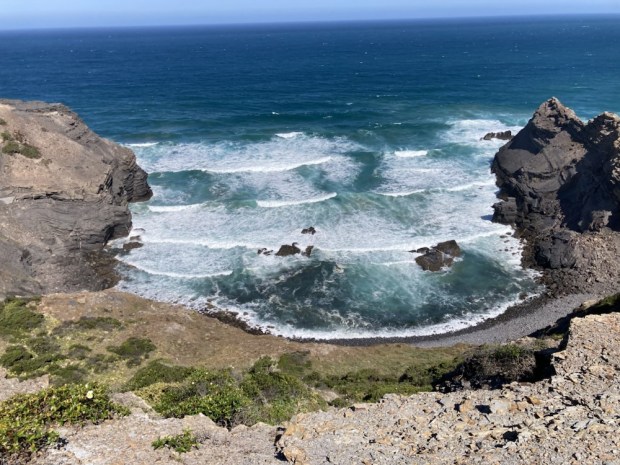
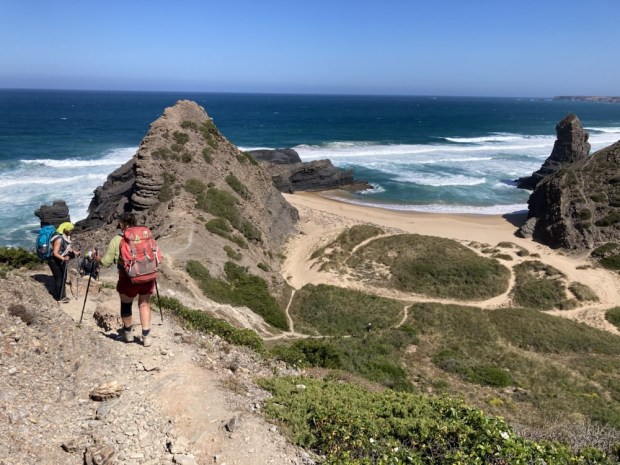
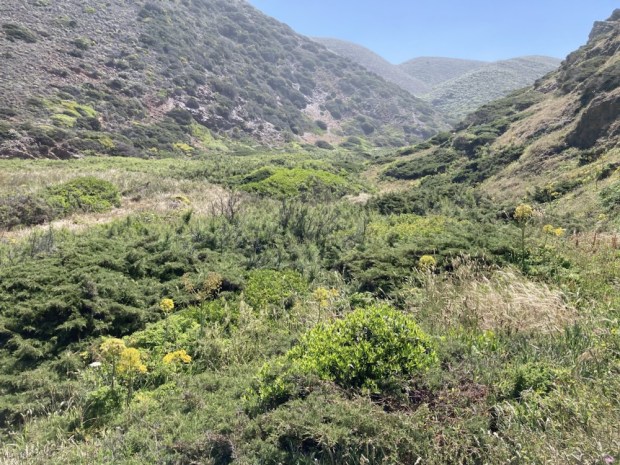
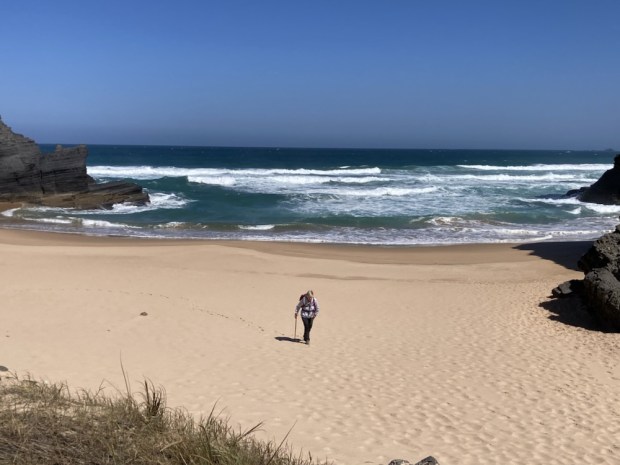


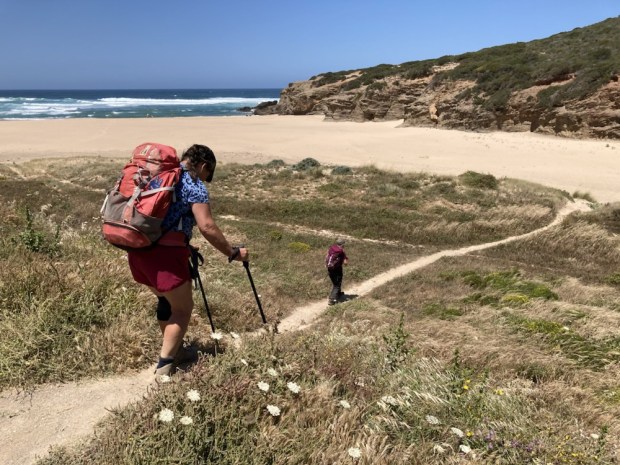
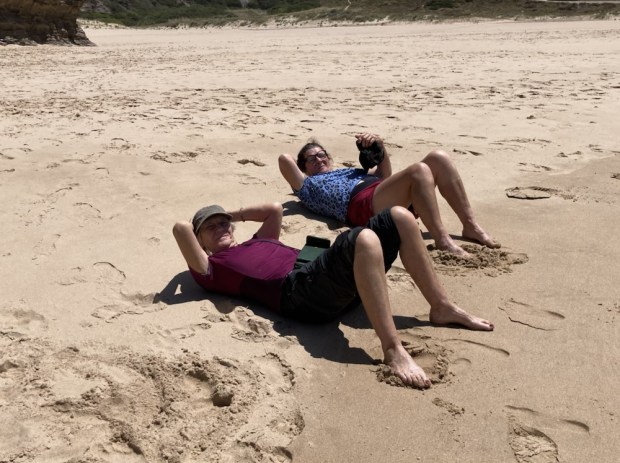




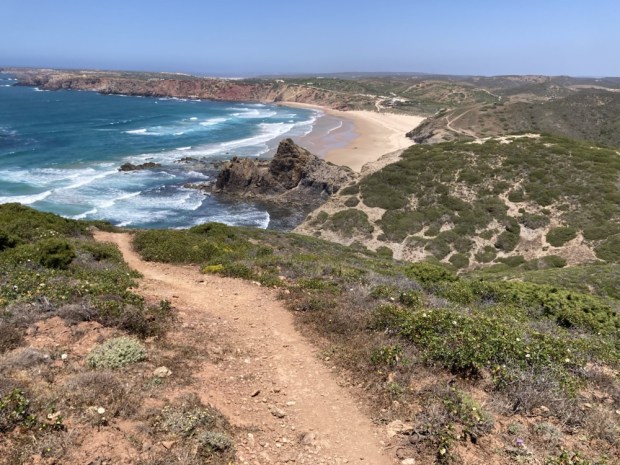



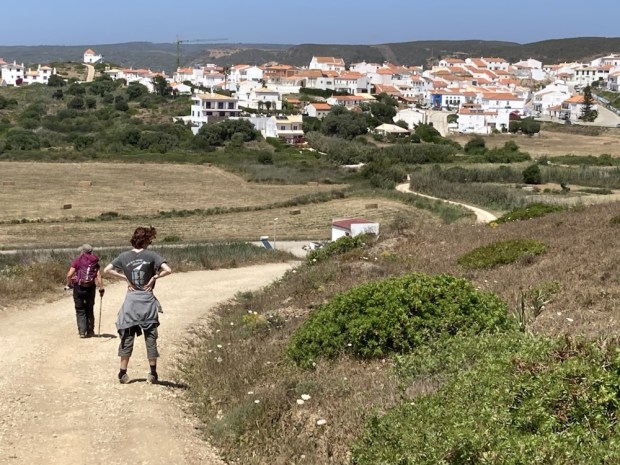
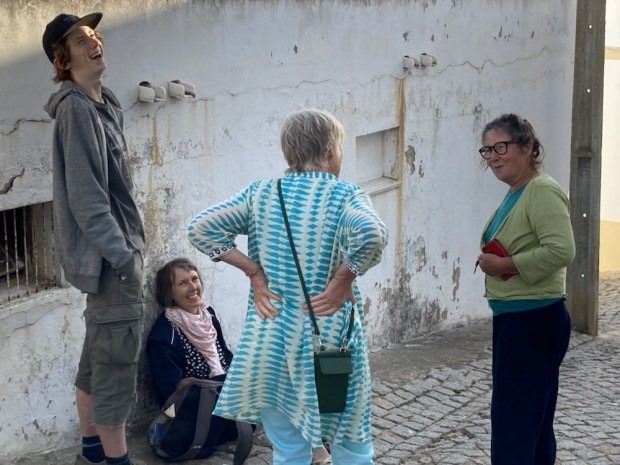
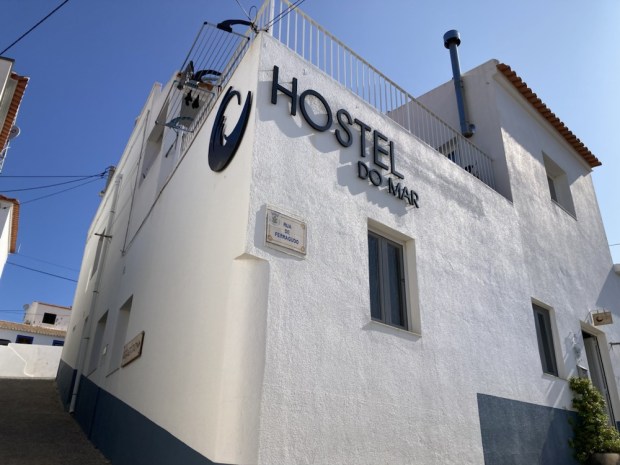


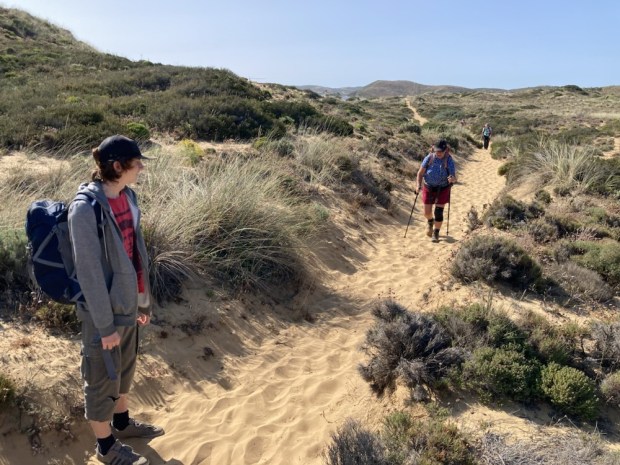
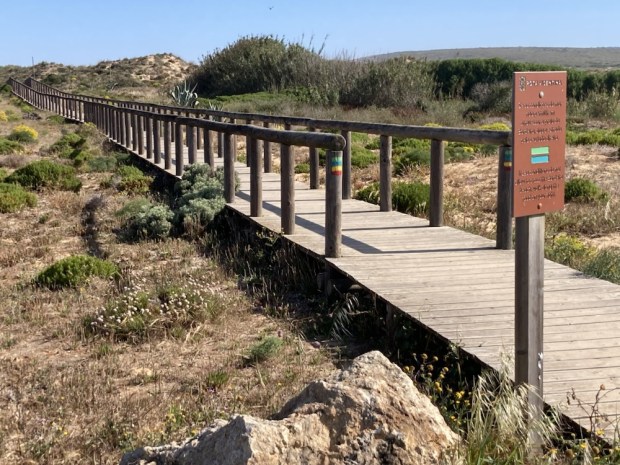



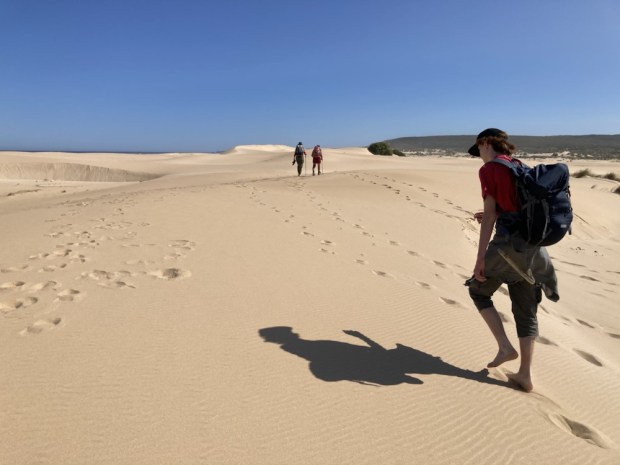
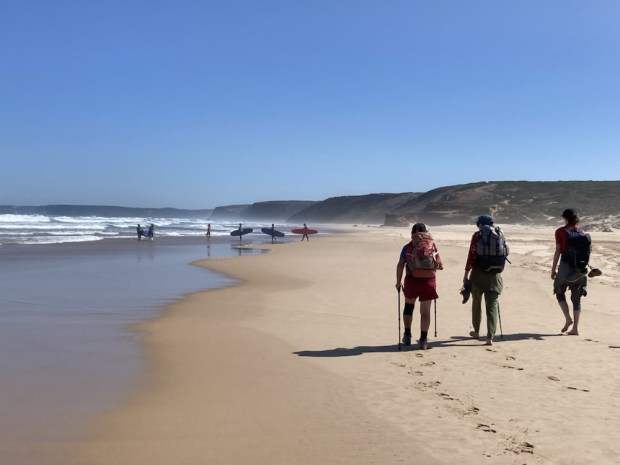
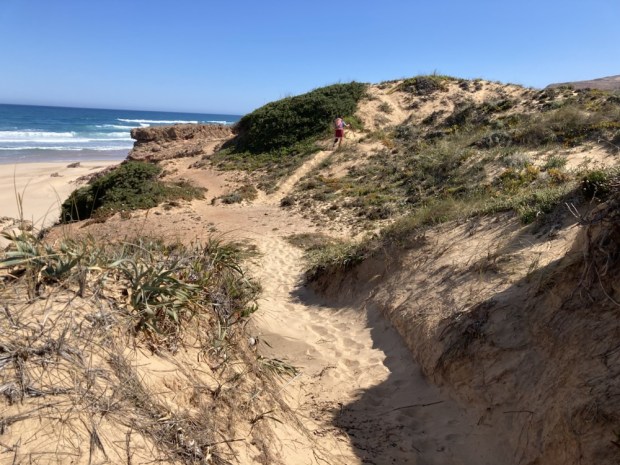
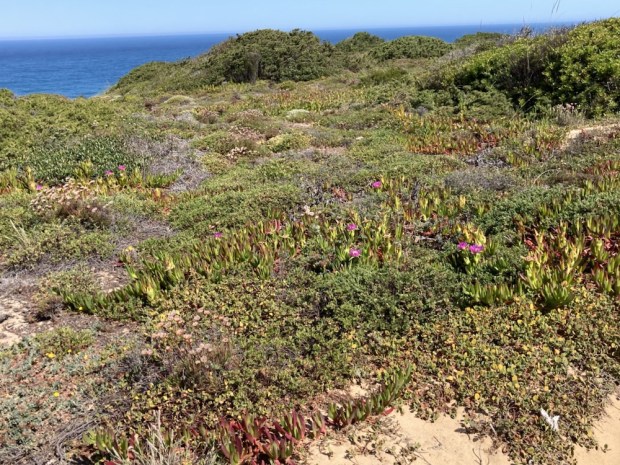



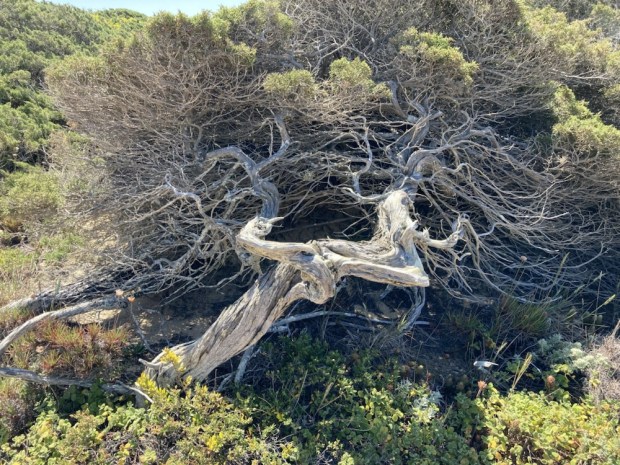
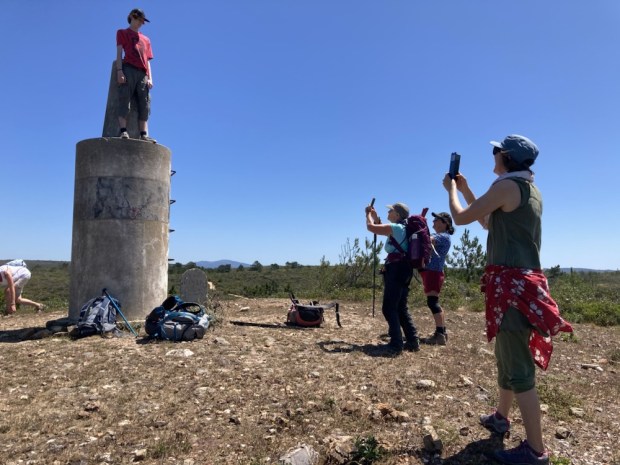




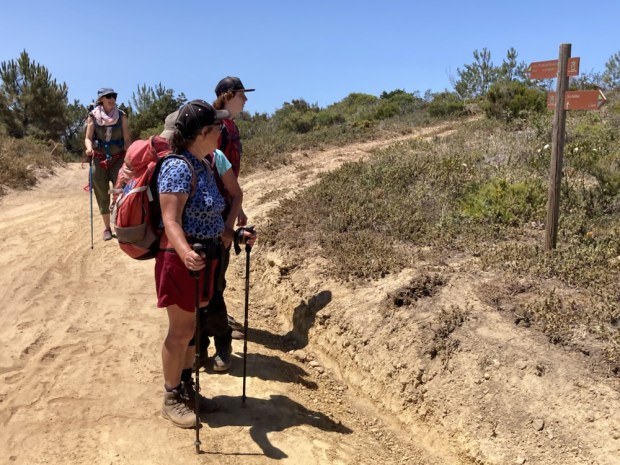





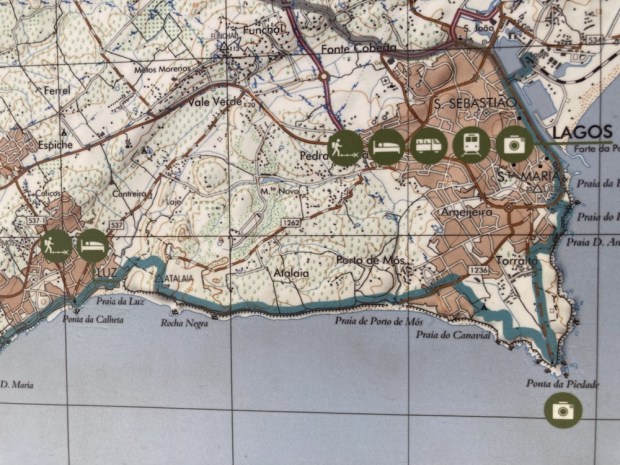




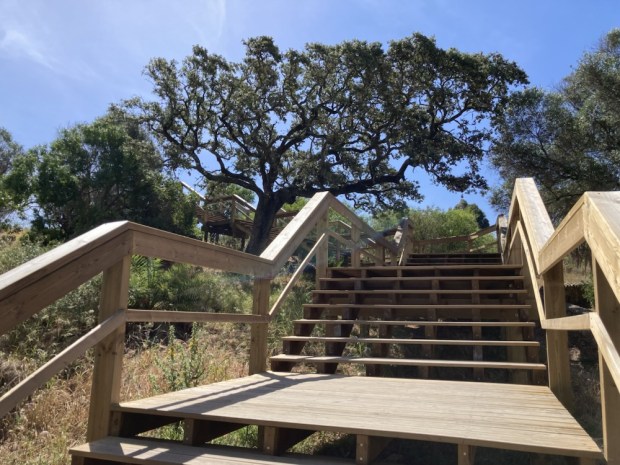


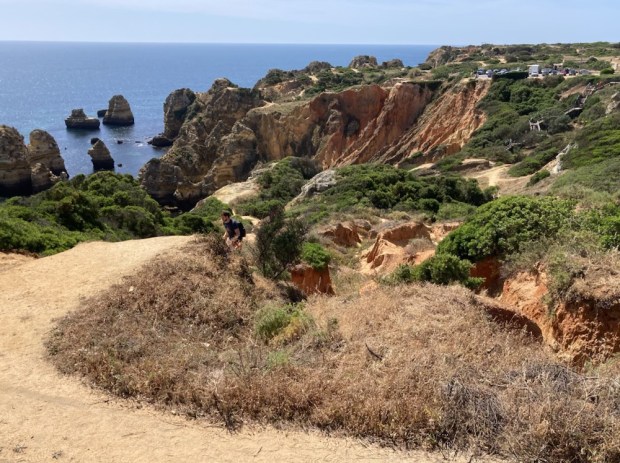
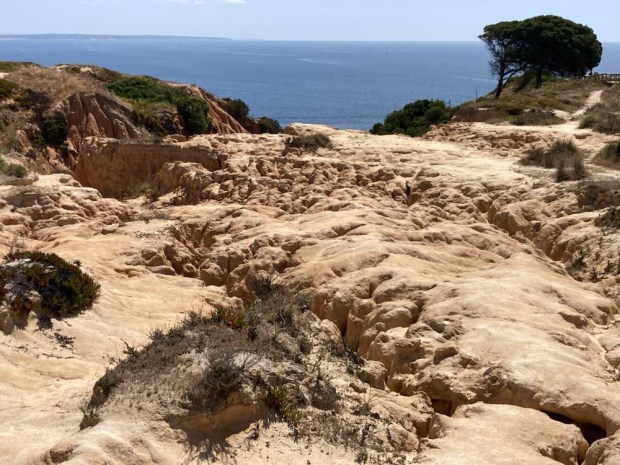
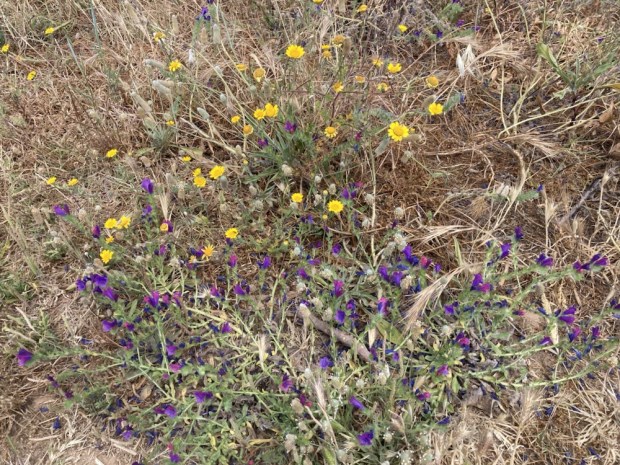
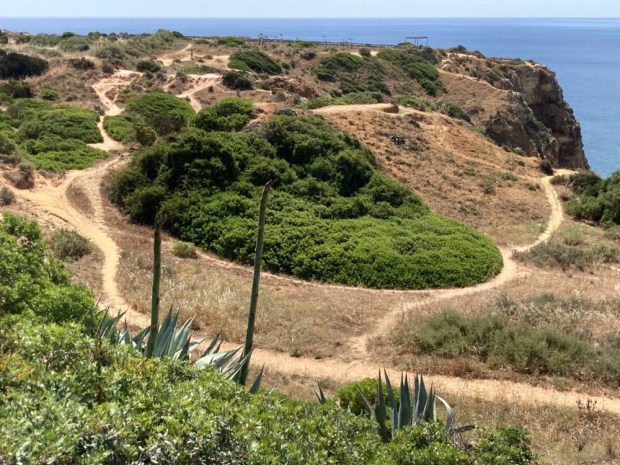
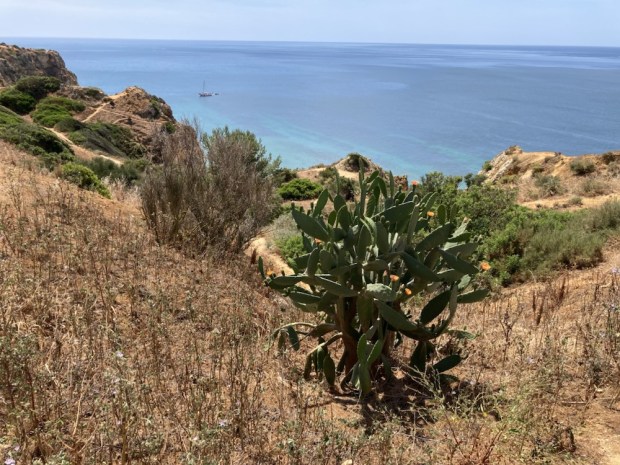
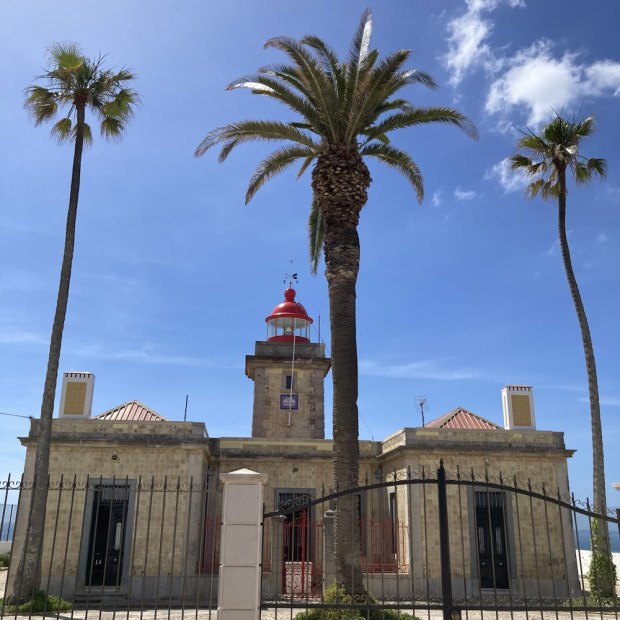


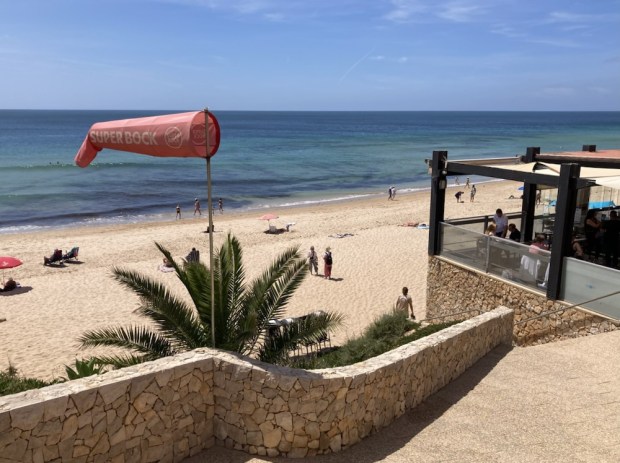
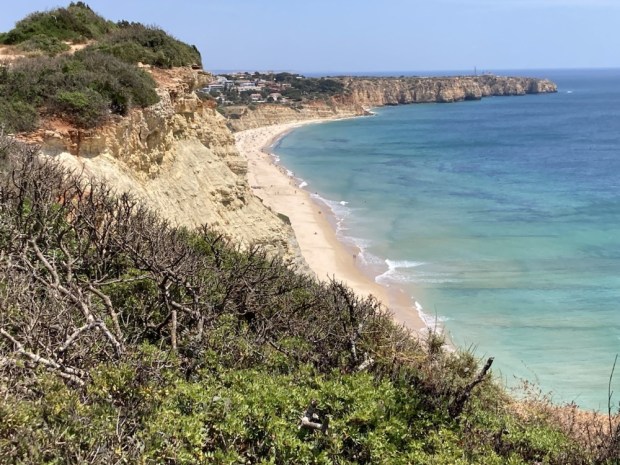
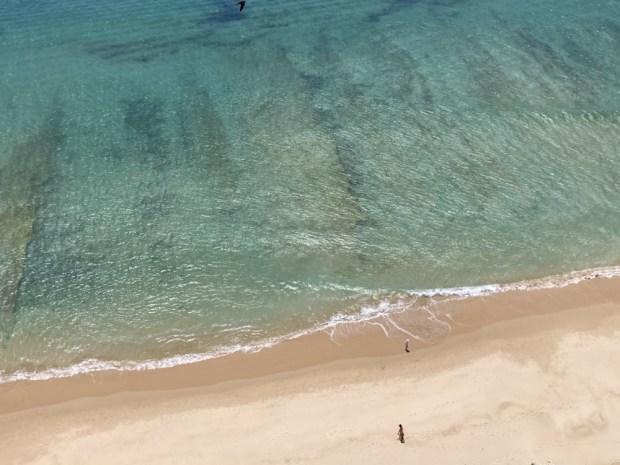








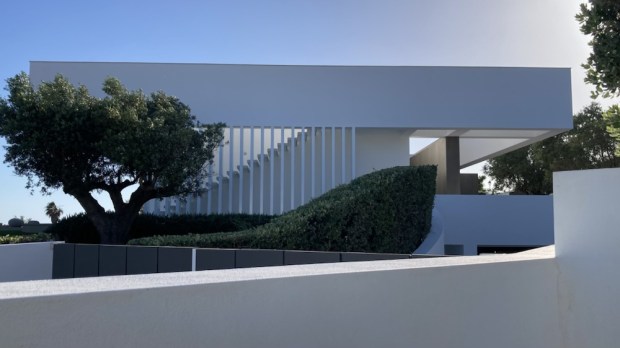

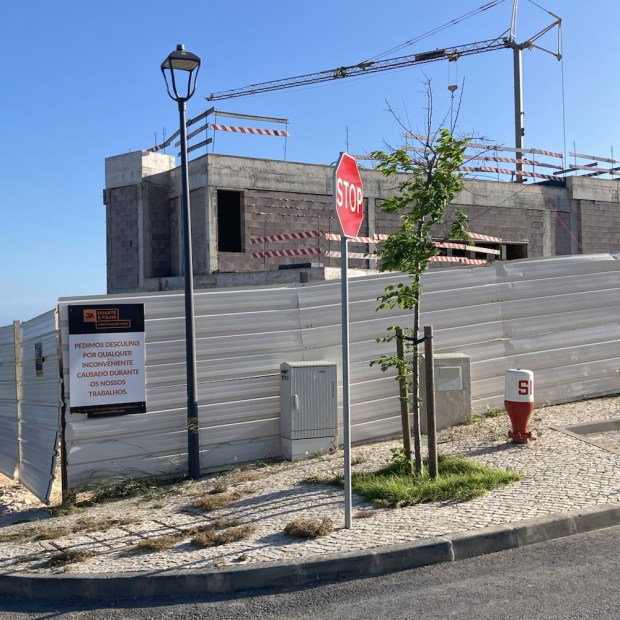

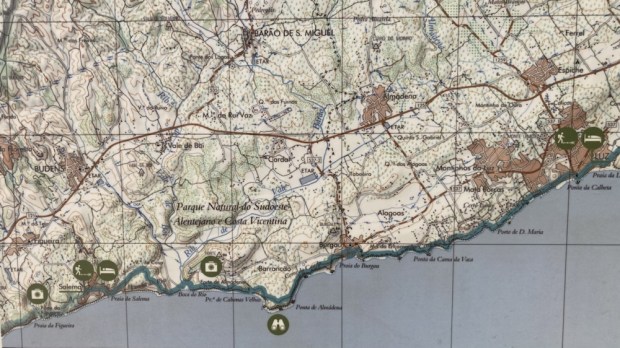
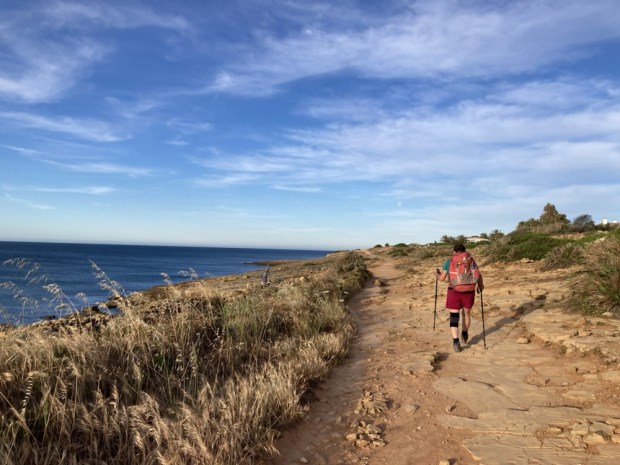

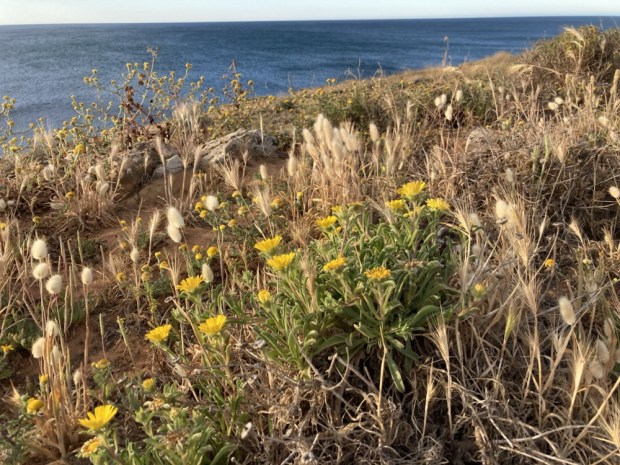

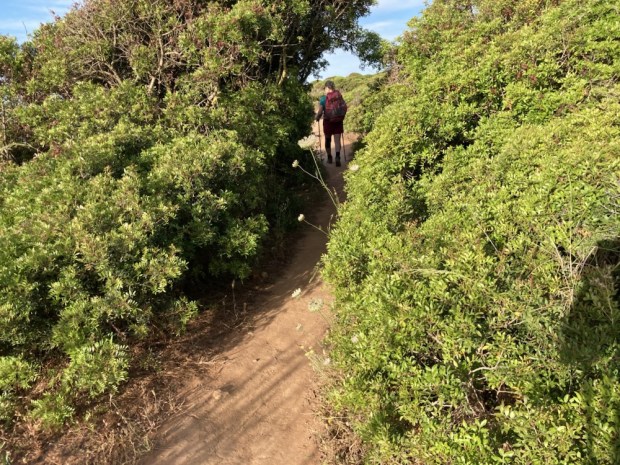
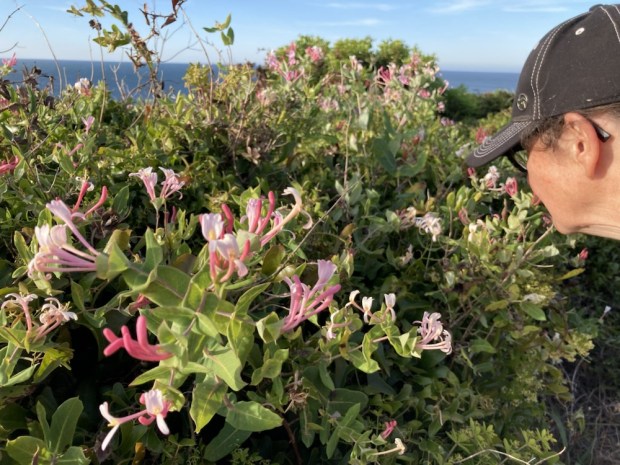








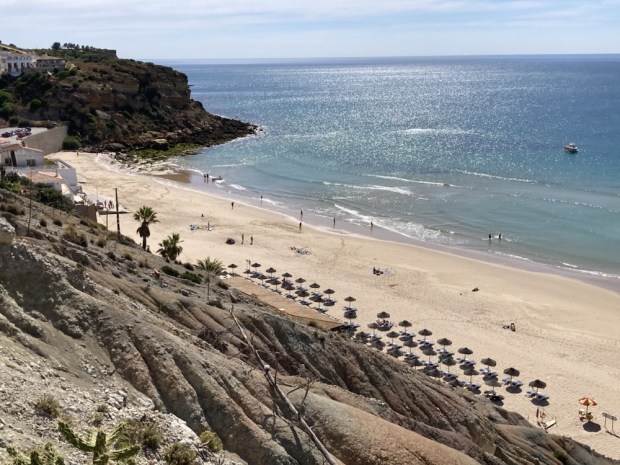

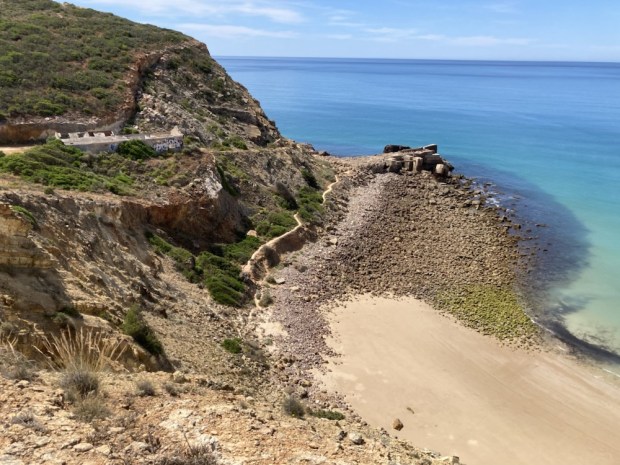
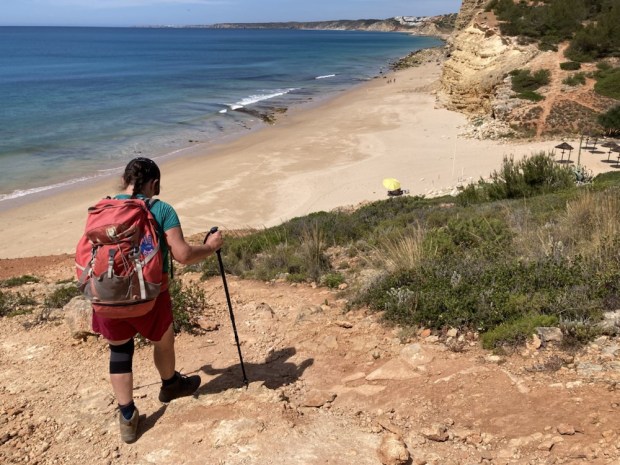



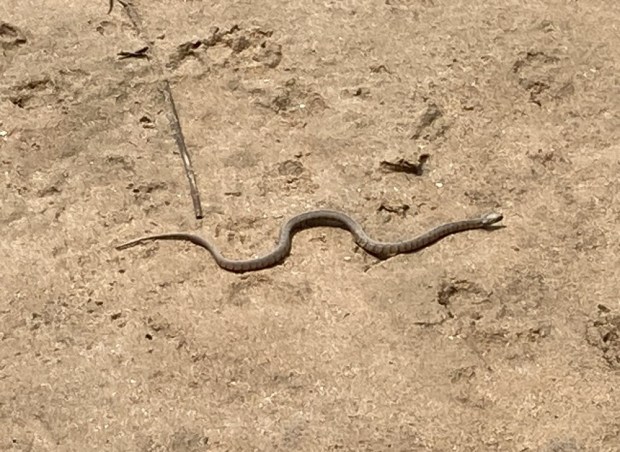


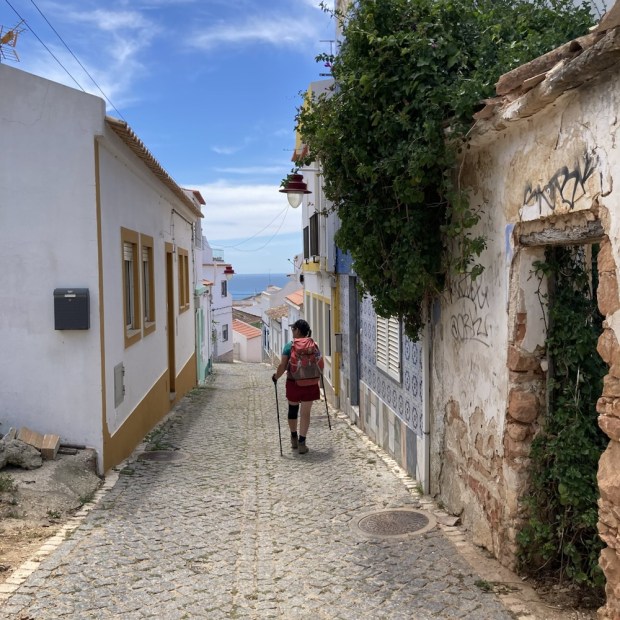



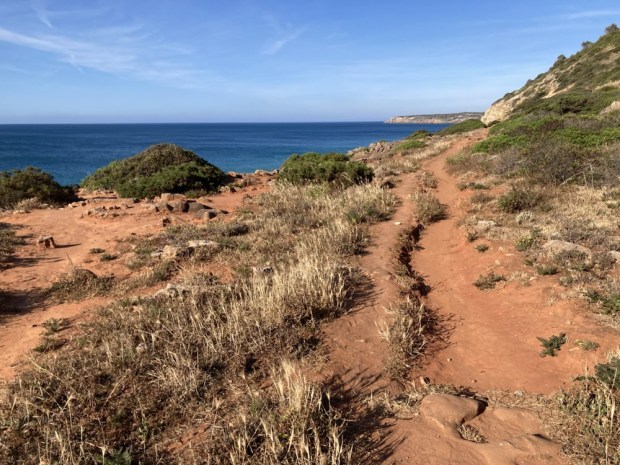
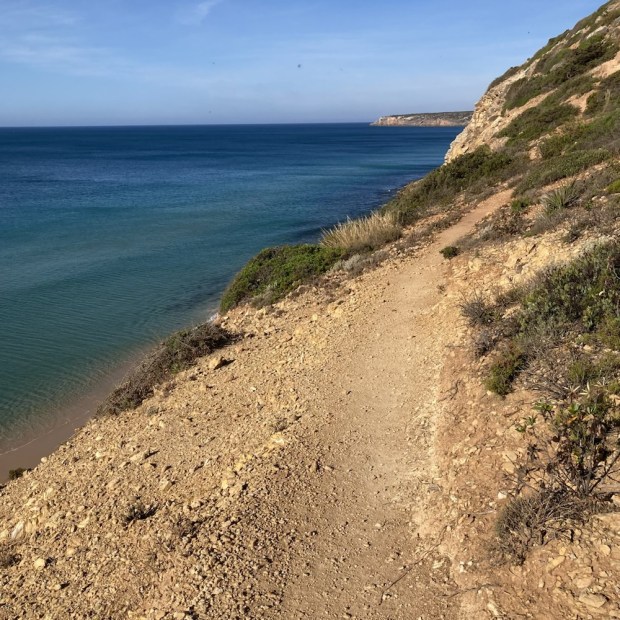

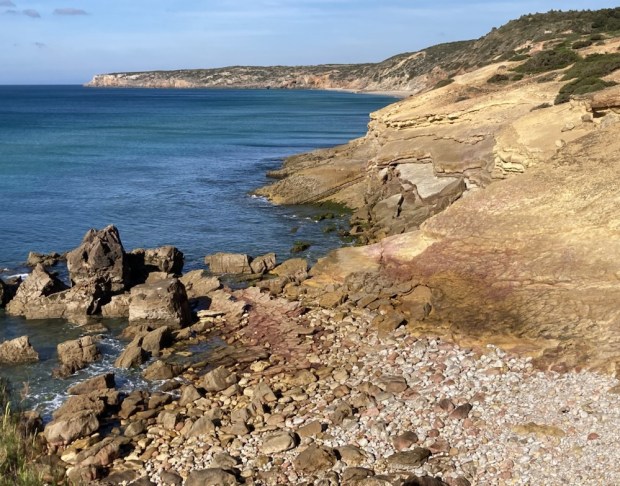
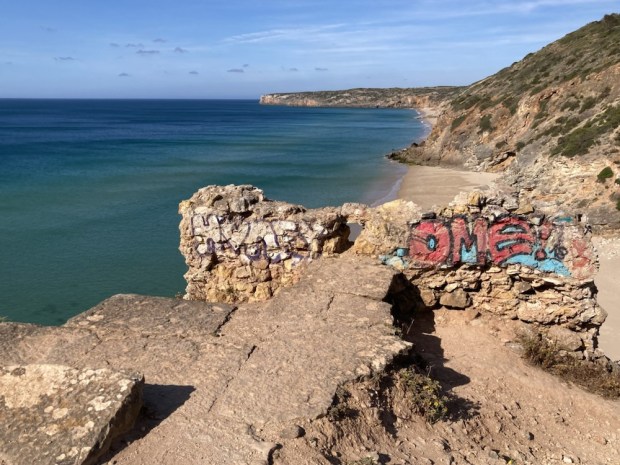





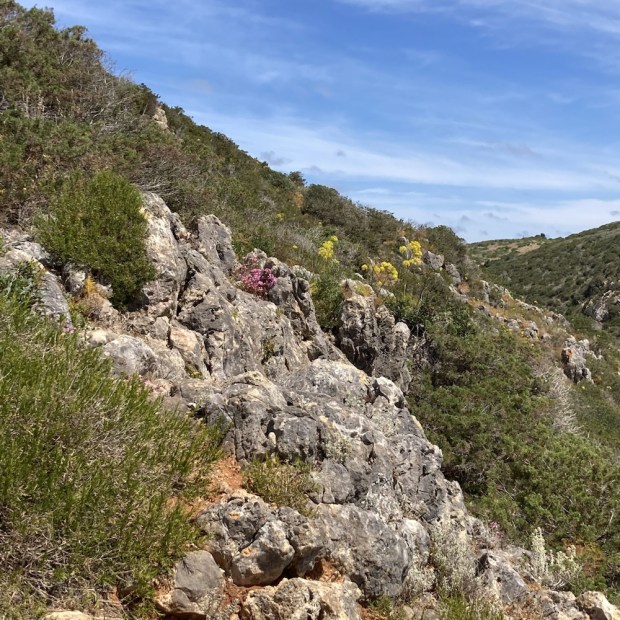
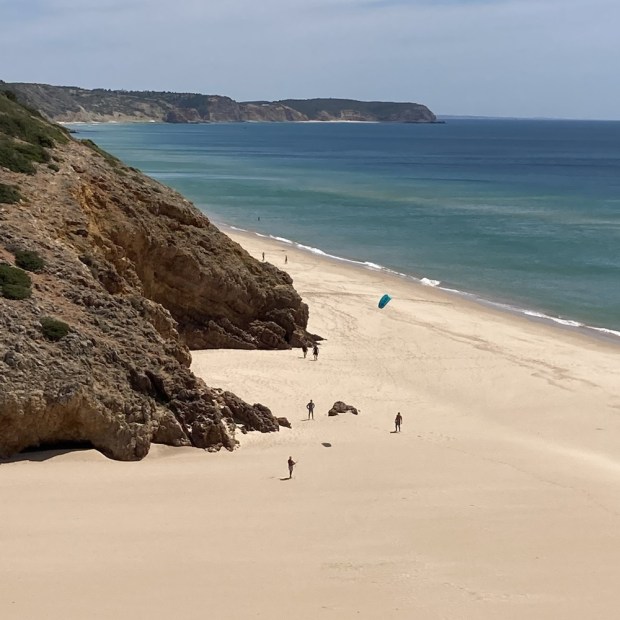







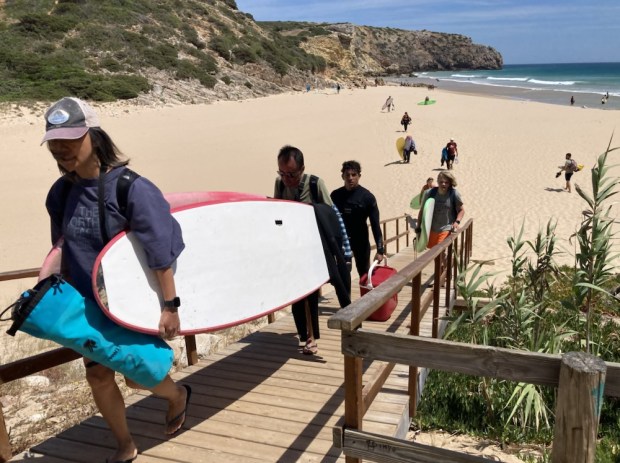
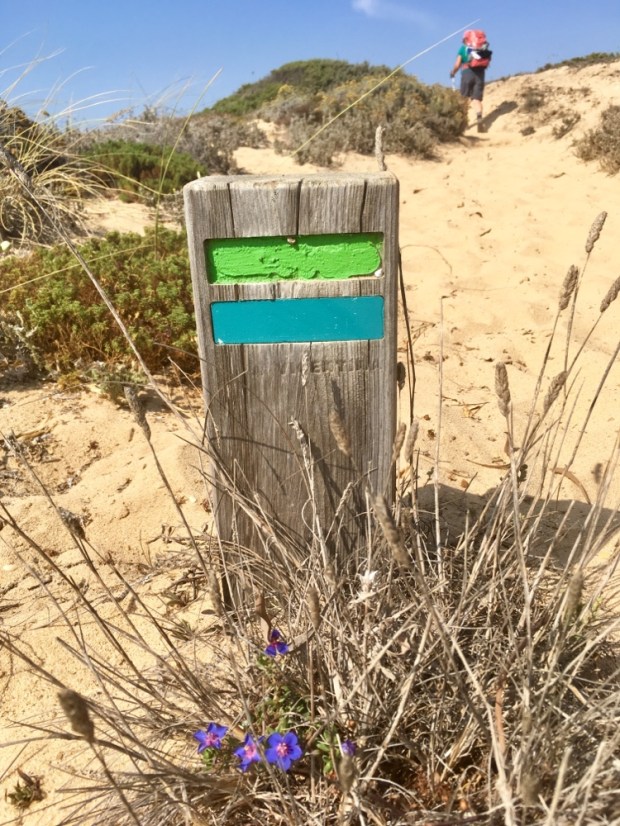
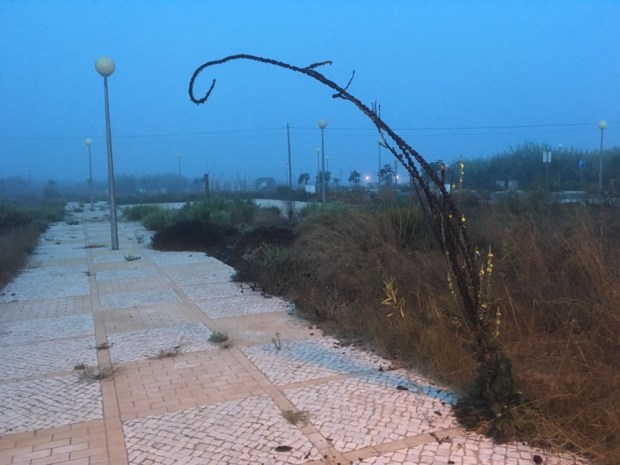


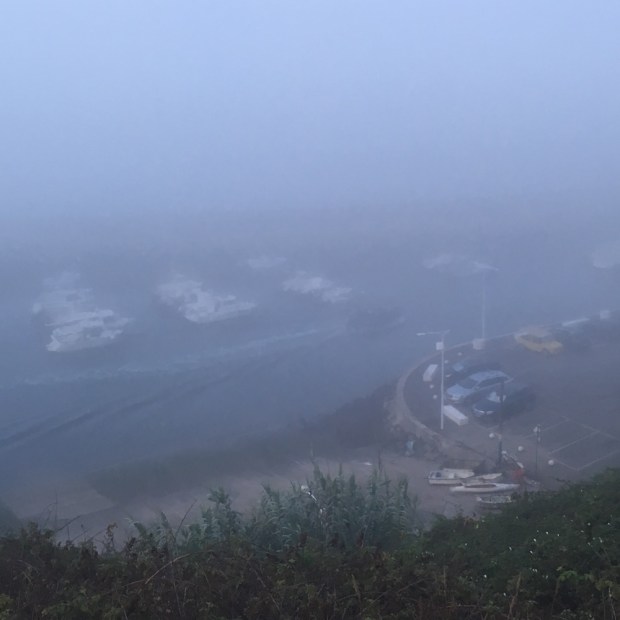



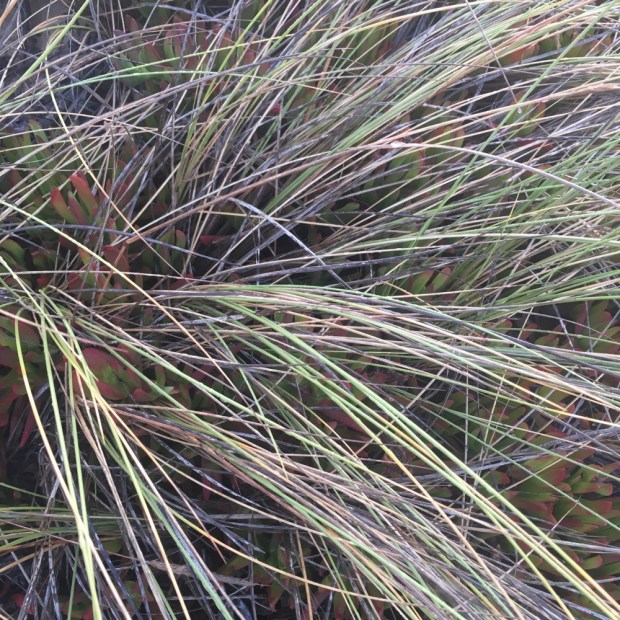
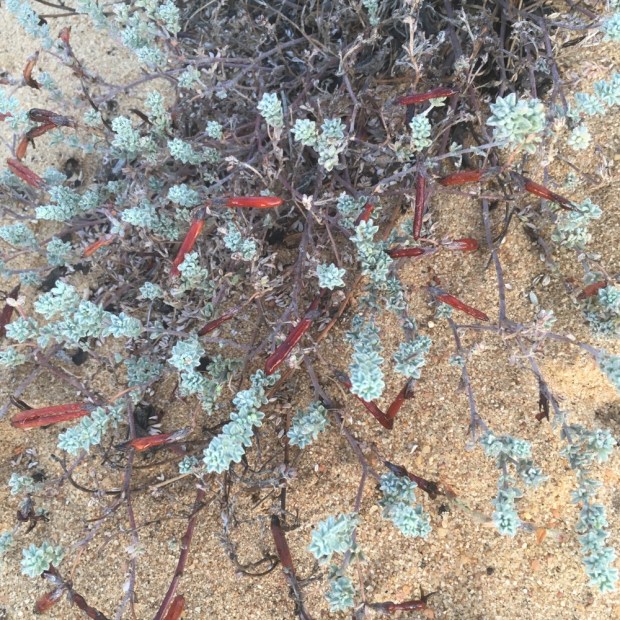


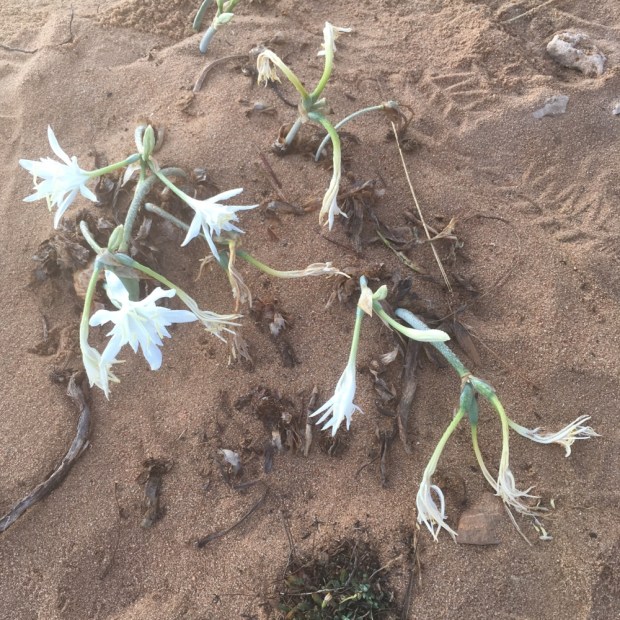






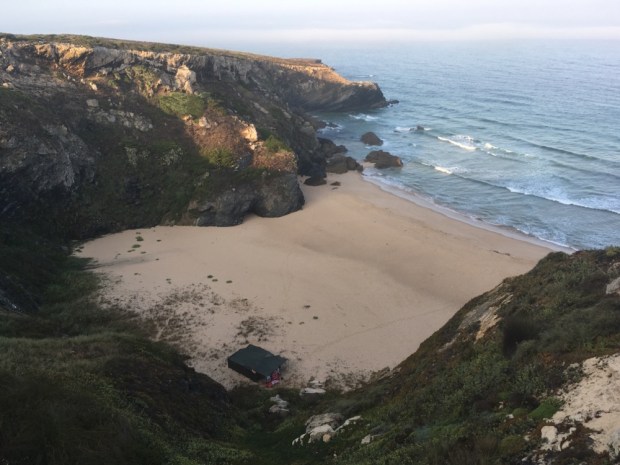




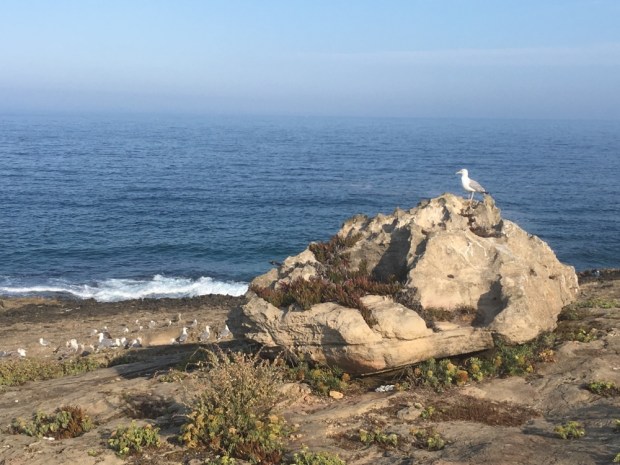 But it was the cliff top paths across the rugged headlands though the endemic plant life sculpted by the sun, salt and wind that was truly a joy, although the sections of deep sinking sand were slow and hard.
But it was the cliff top paths across the rugged headlands though the endemic plant life sculpted by the sun, salt and wind that was truly a joy, although the sections of deep sinking sand were slow and hard.




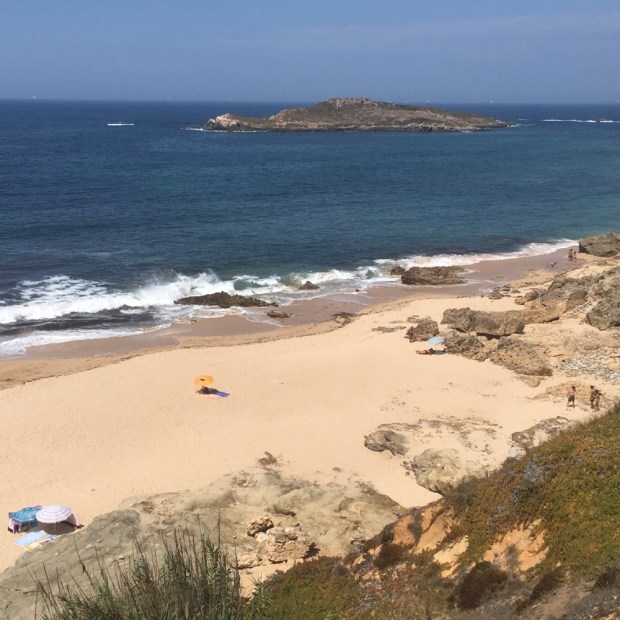

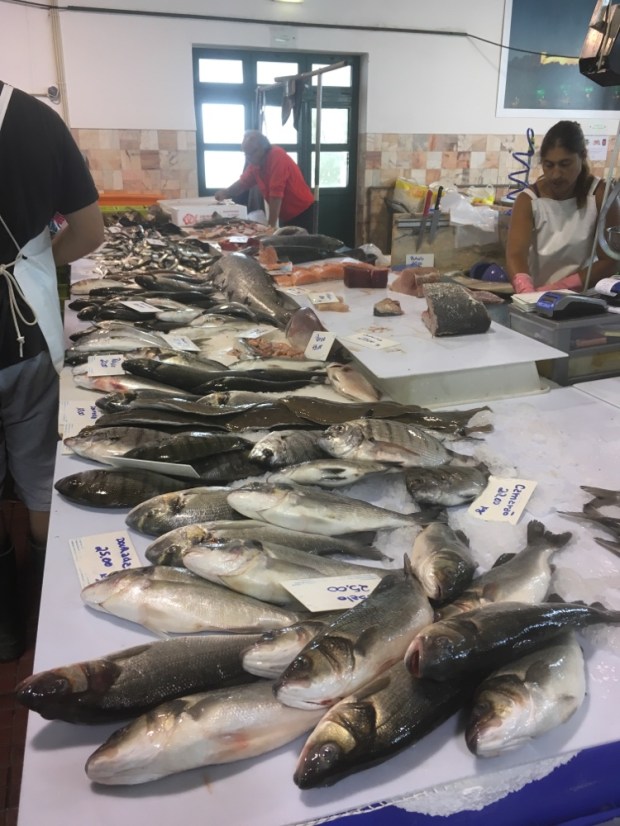
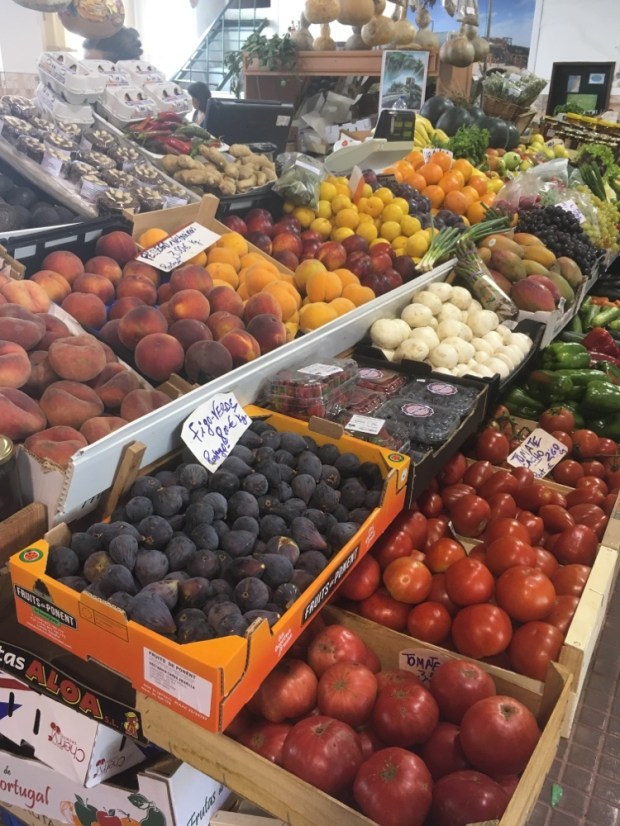
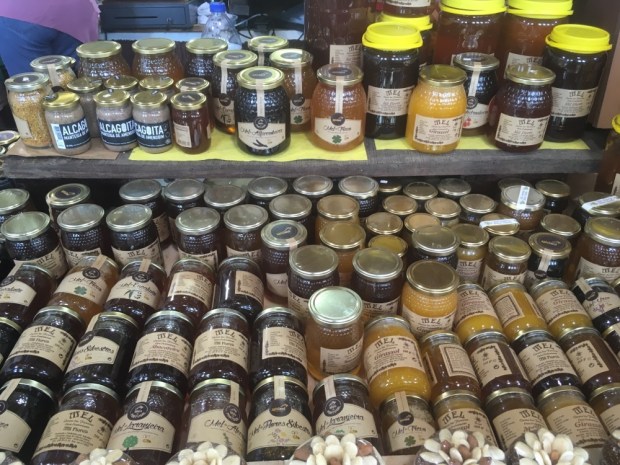
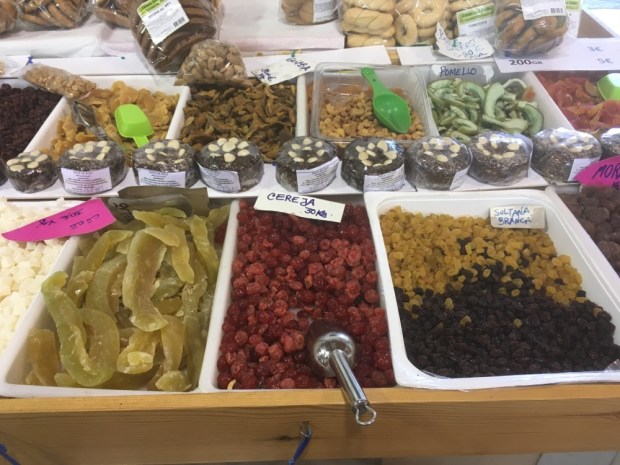
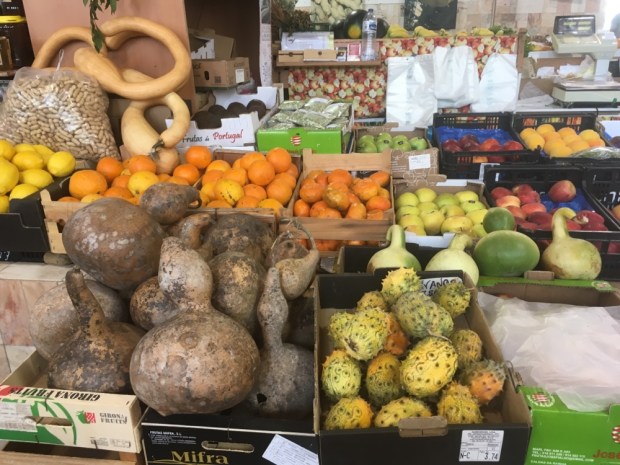
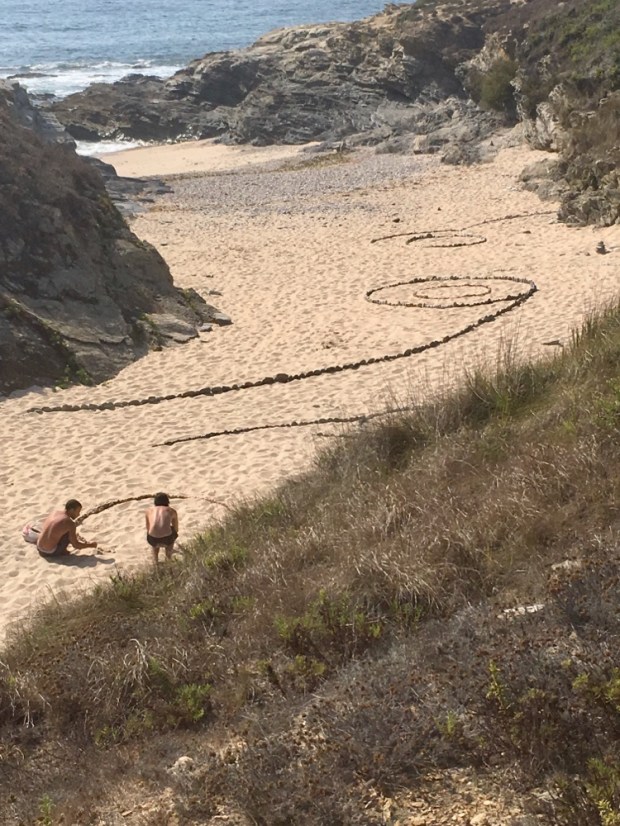
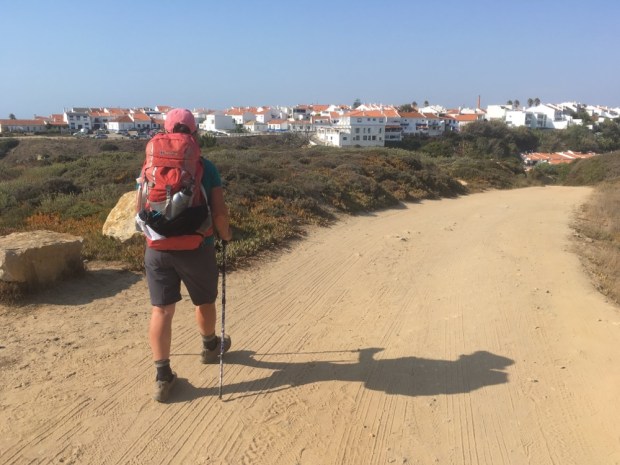
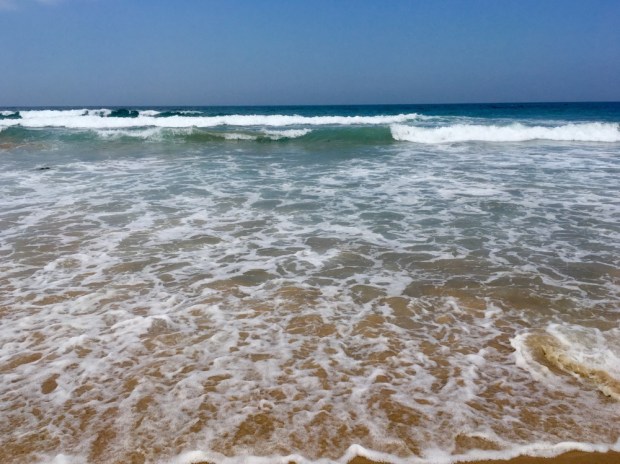
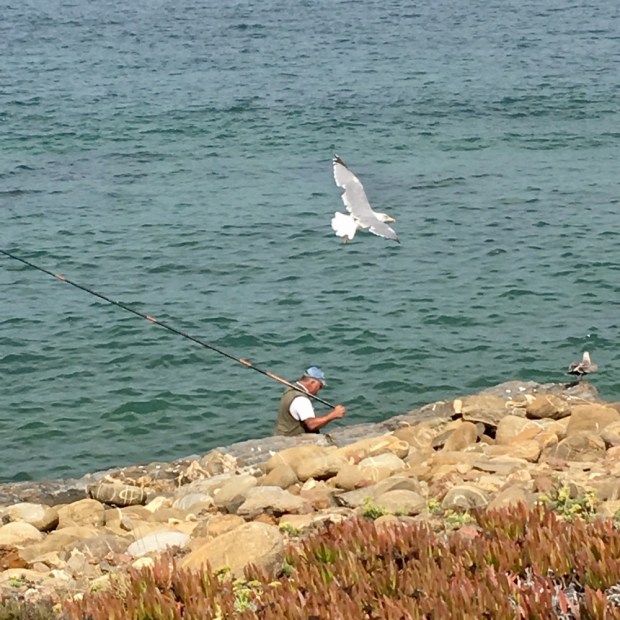 As this blog site can testify I’ve hiked a good few trails in the last few years, but I’ve gotta say this one is special.
As this blog site can testify I’ve hiked a good few trails in the last few years, but I’ve gotta say this one is special.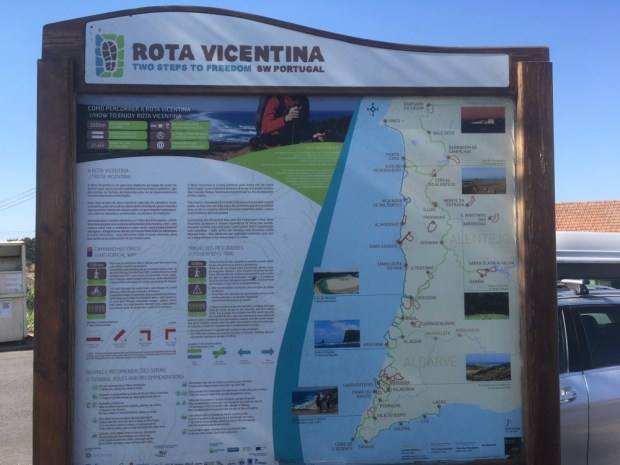
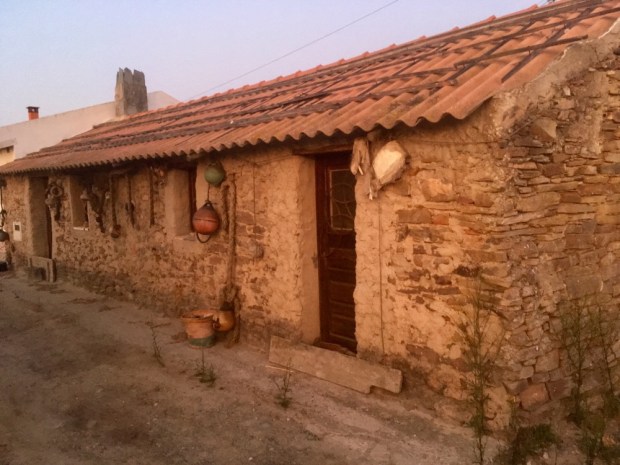


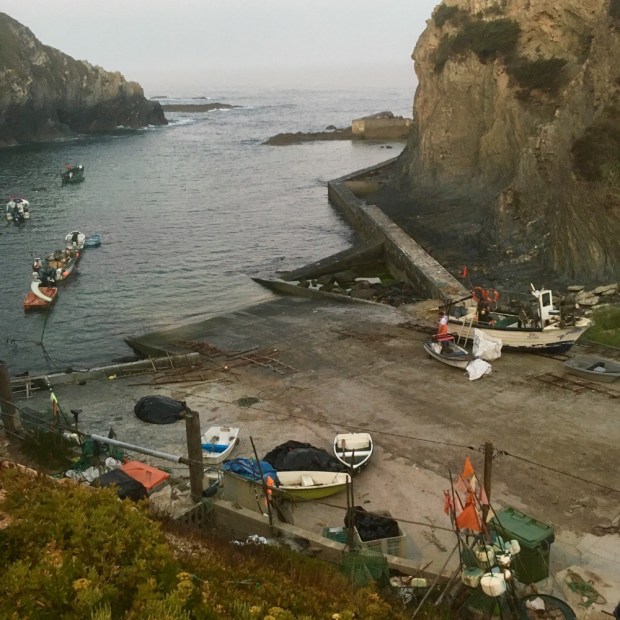




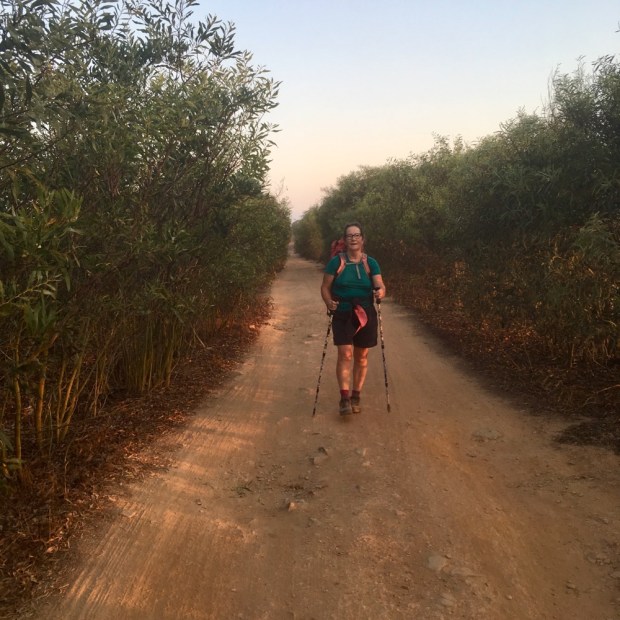

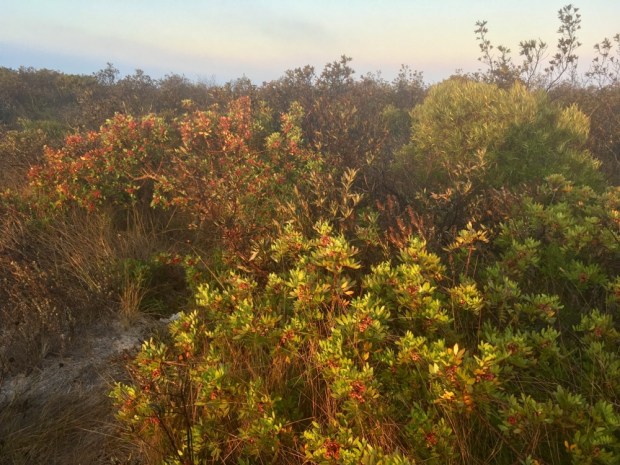


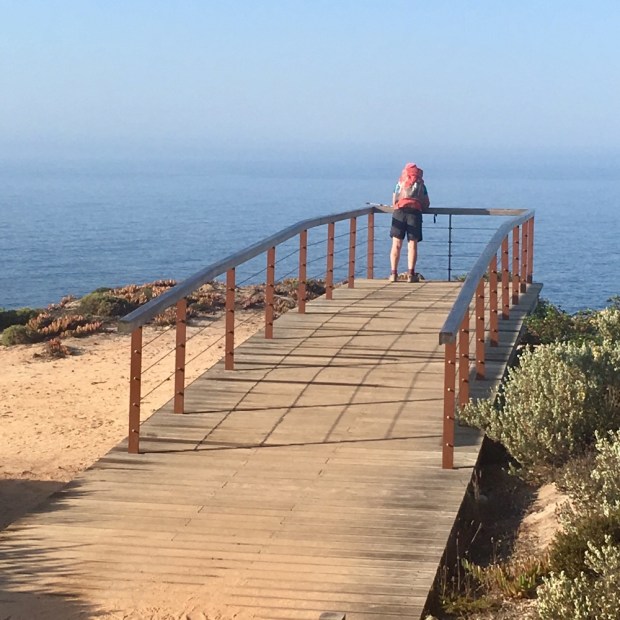


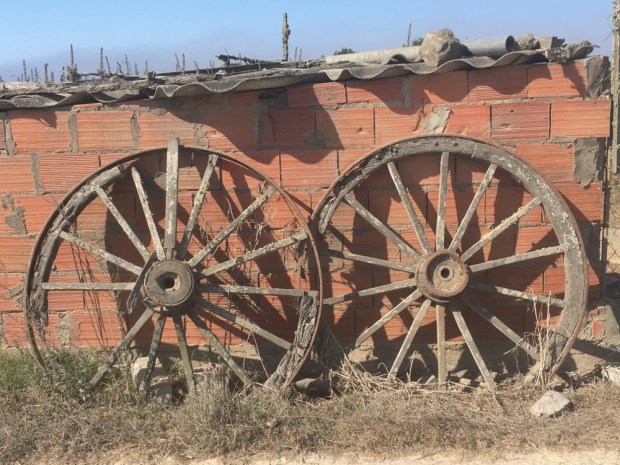

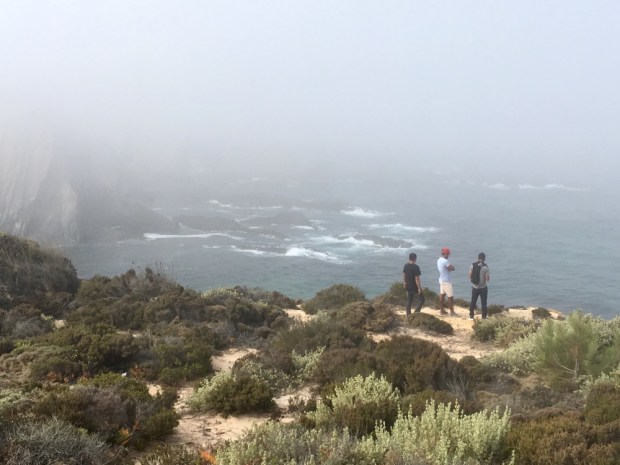
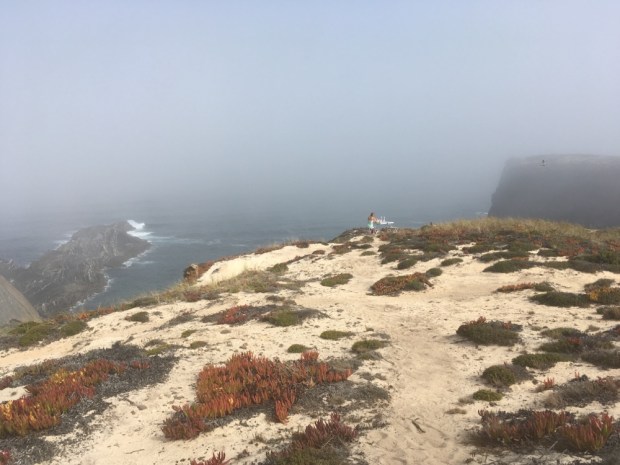
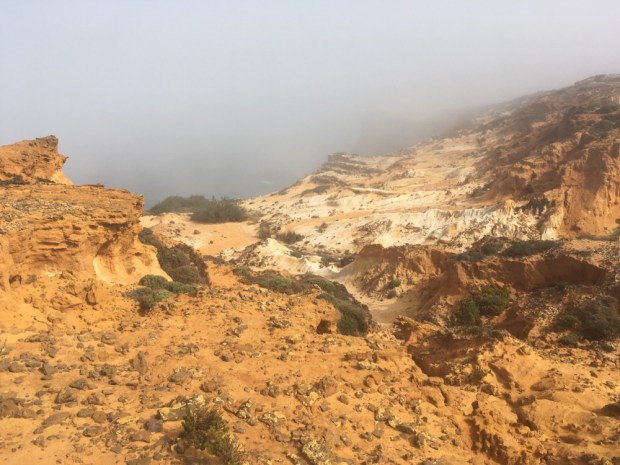


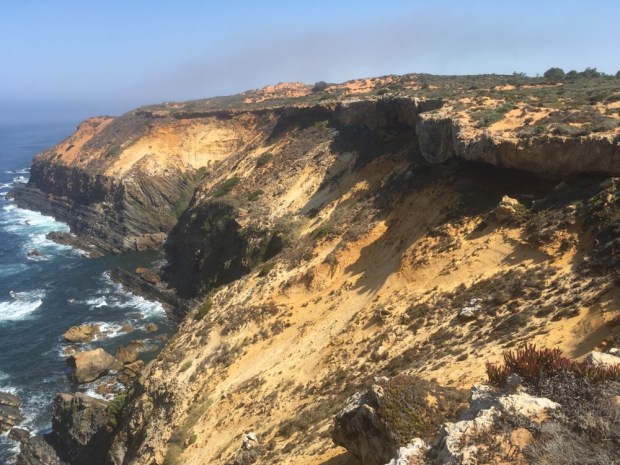

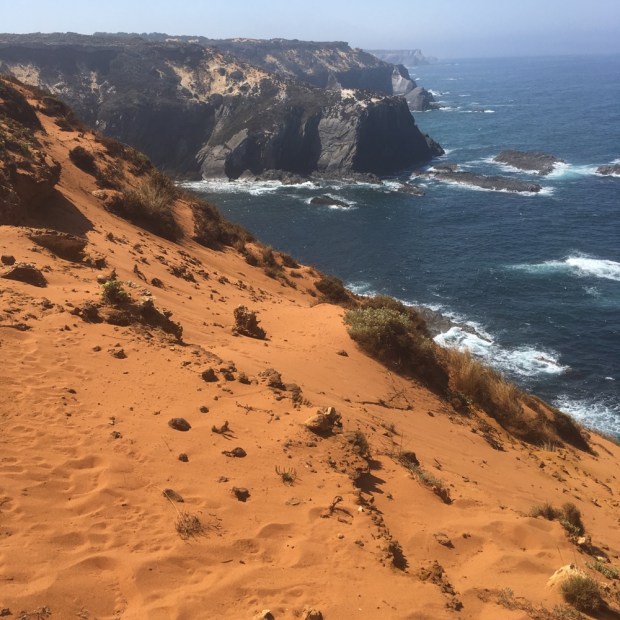



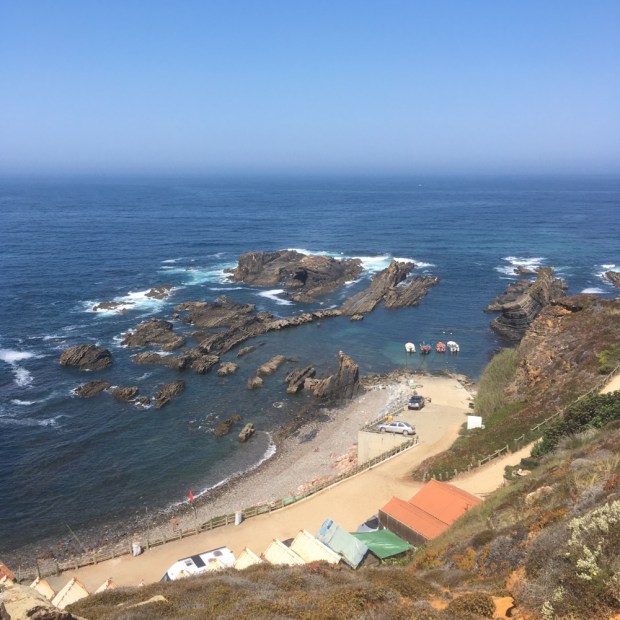


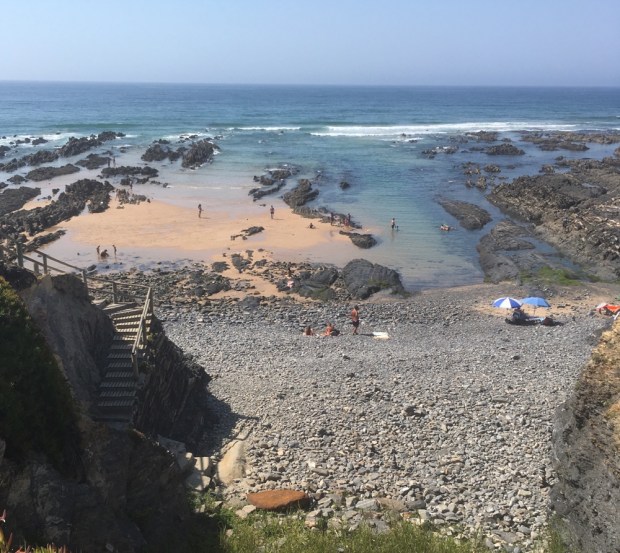

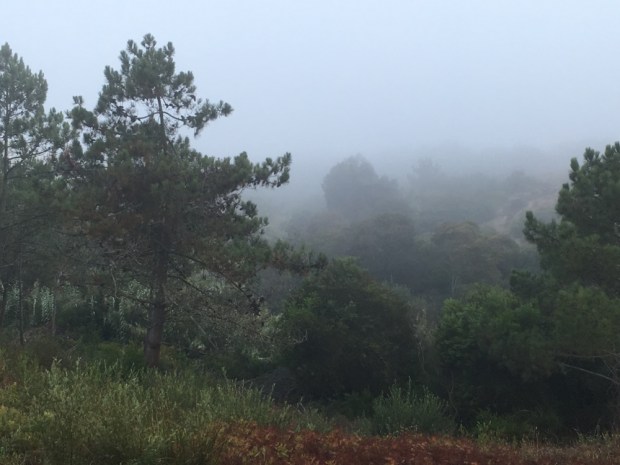



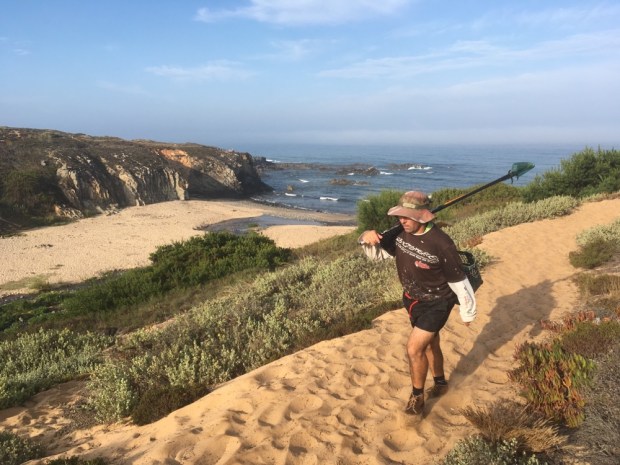
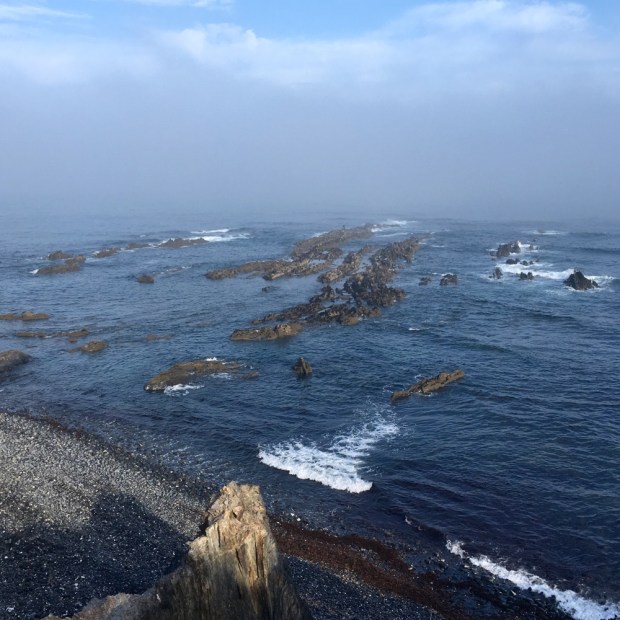

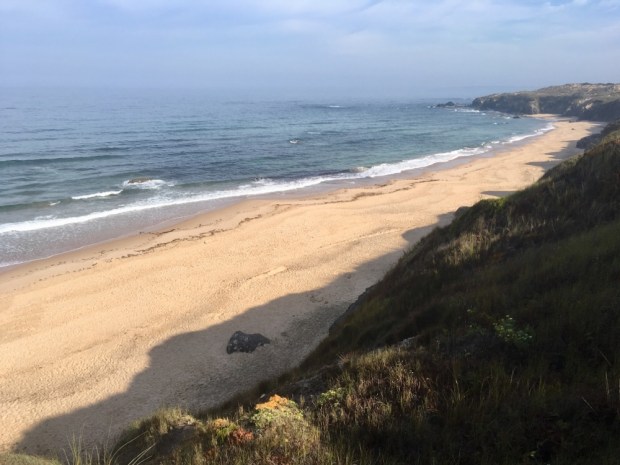
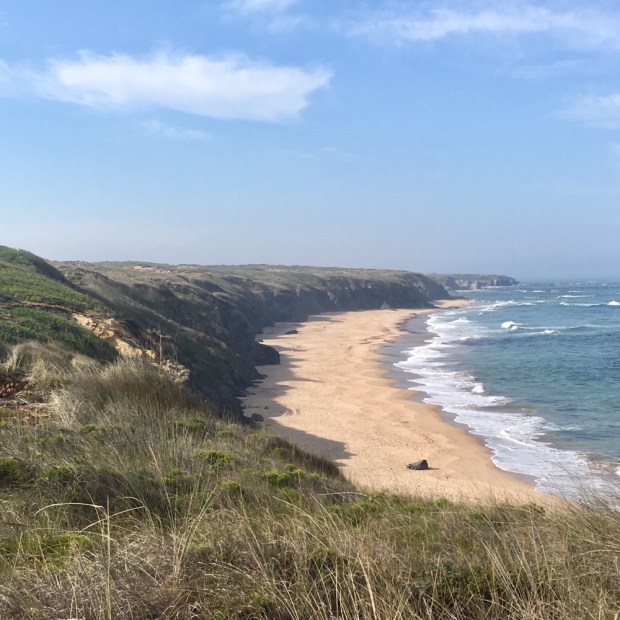
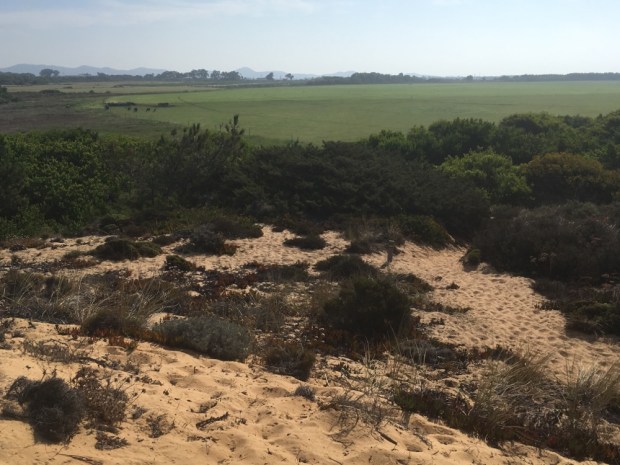
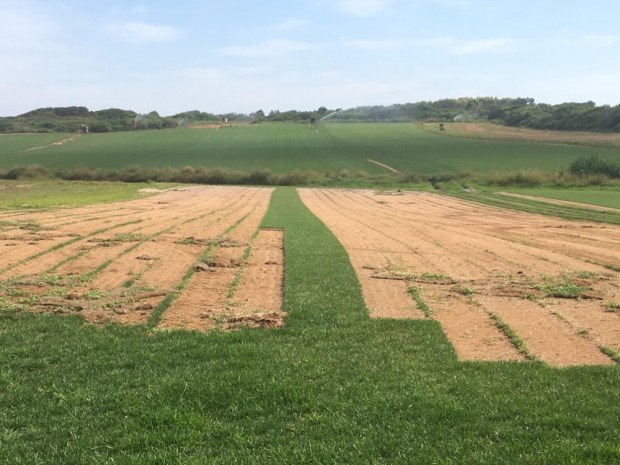






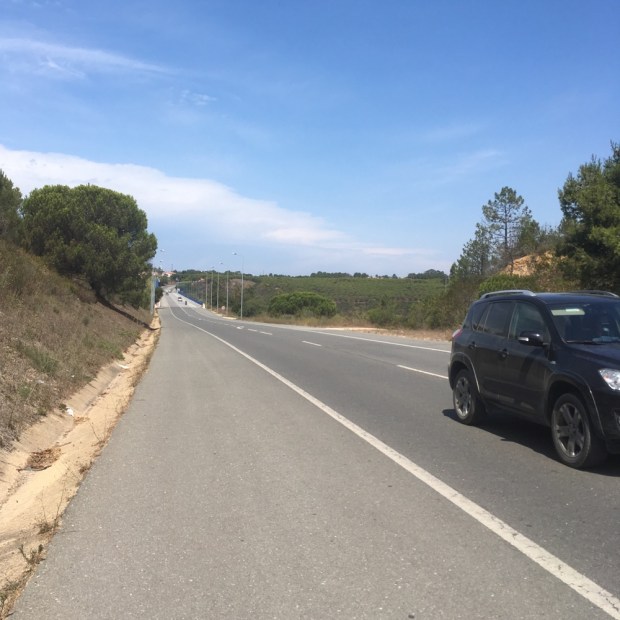


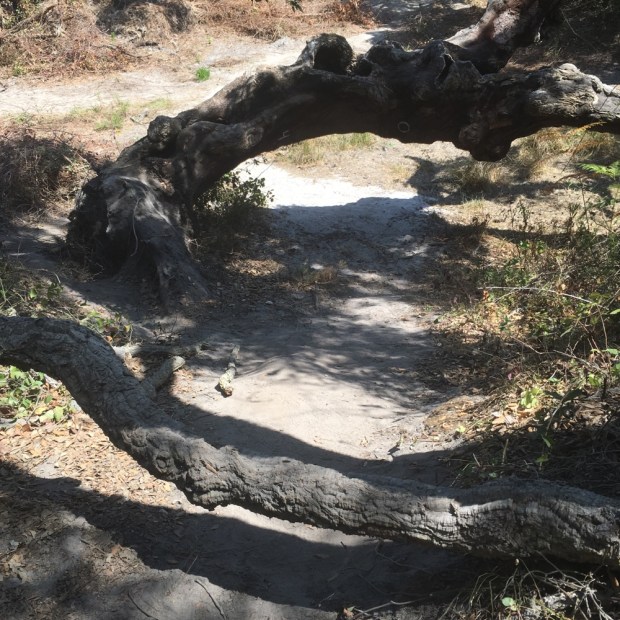
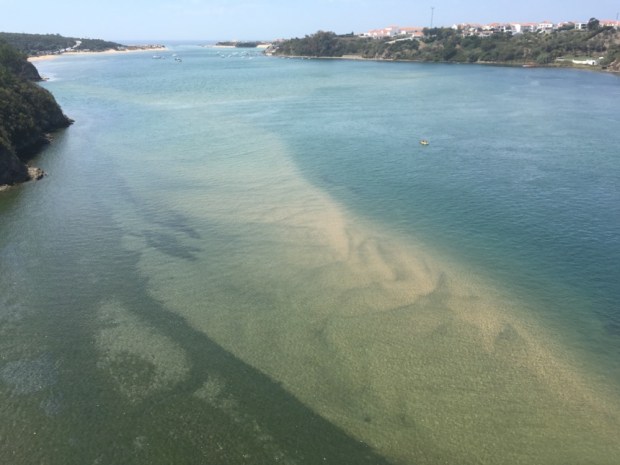

 Somehow or other the Rota Vicentina, a collection of hiking routes through the SW Alentejo and Vicentina Coast Natural Park of Portugal entired our consciousness.
Somehow or other the Rota Vicentina, a collection of hiking routes through the SW Alentejo and Vicentina Coast Natural Park of Portugal entired our consciousness.